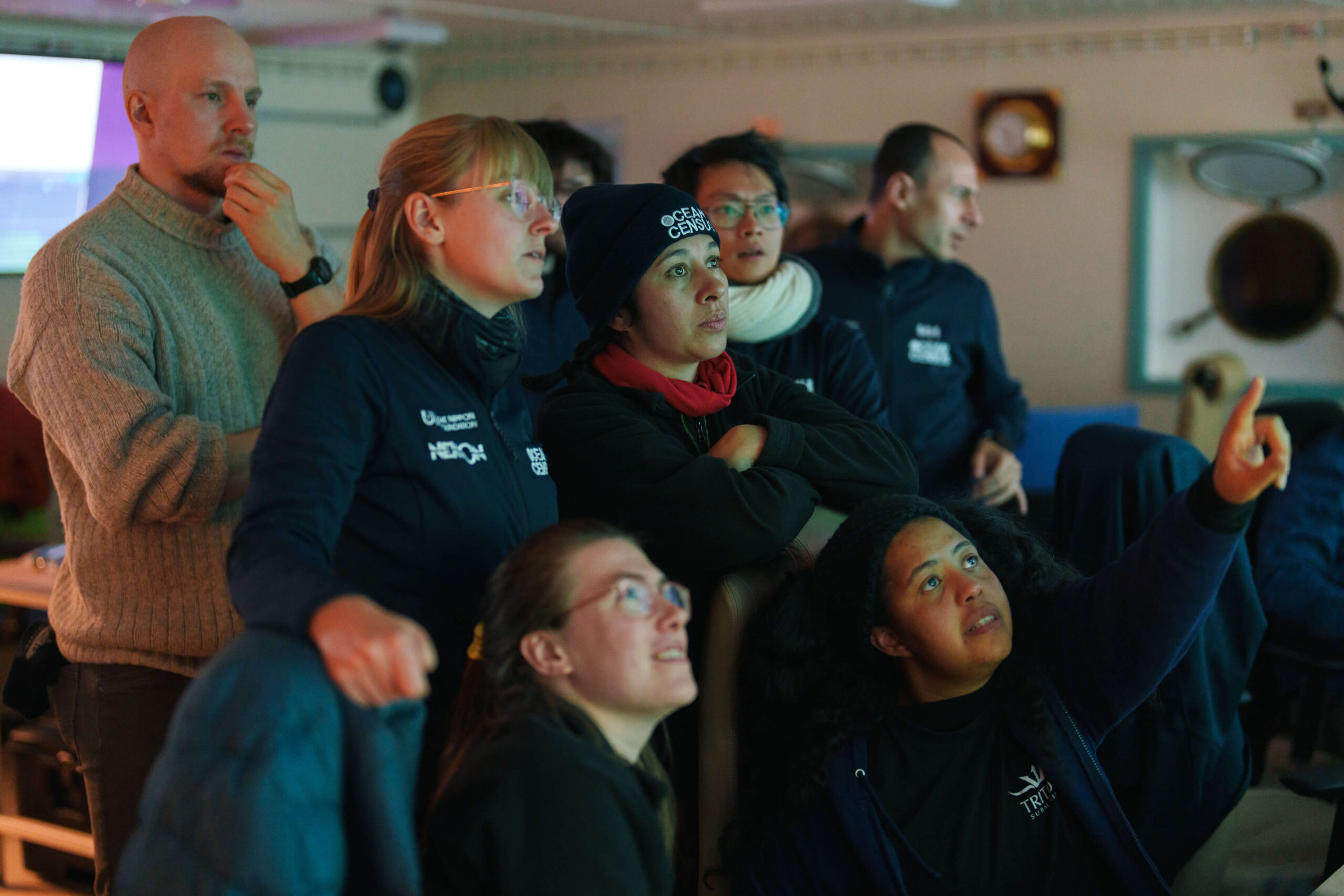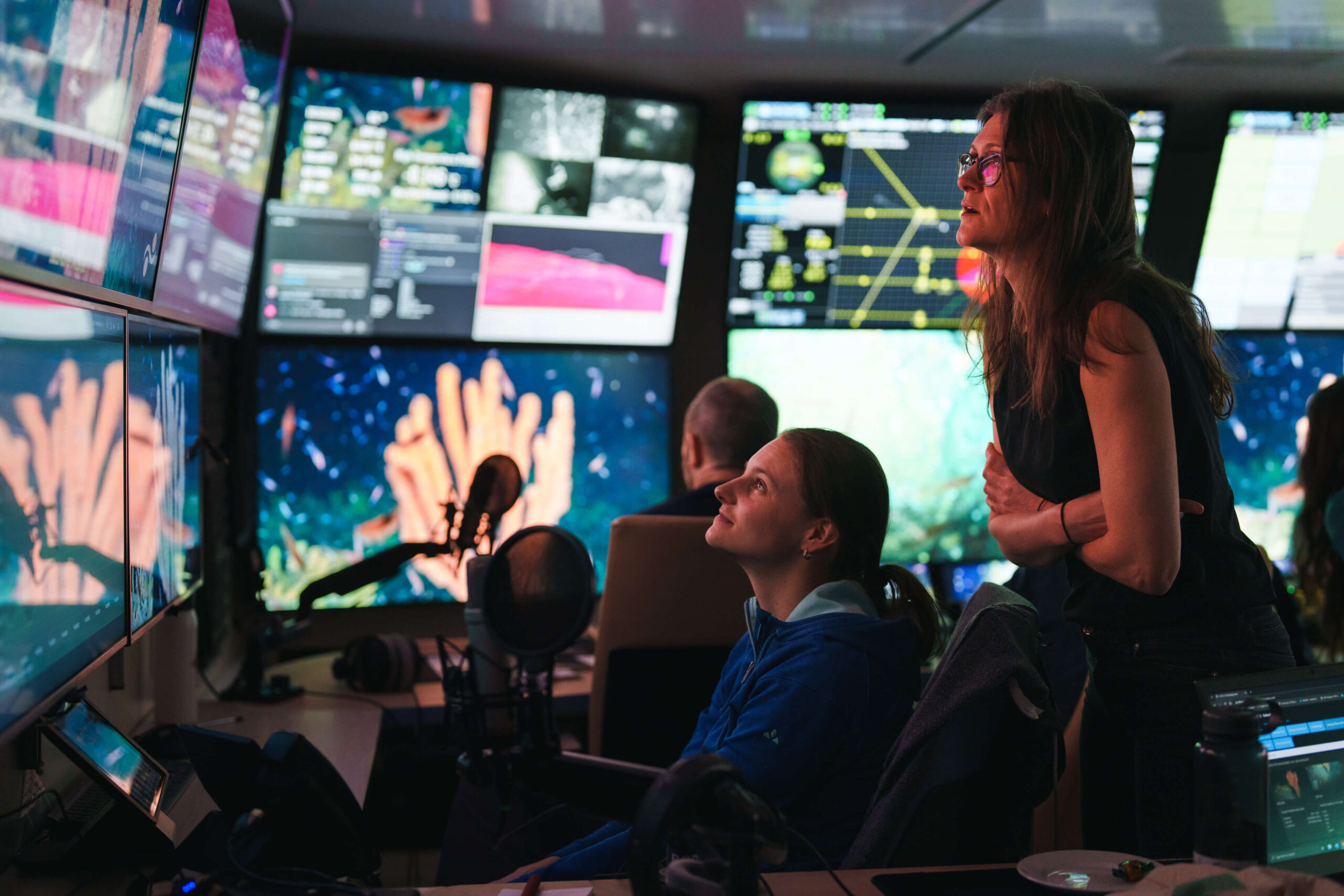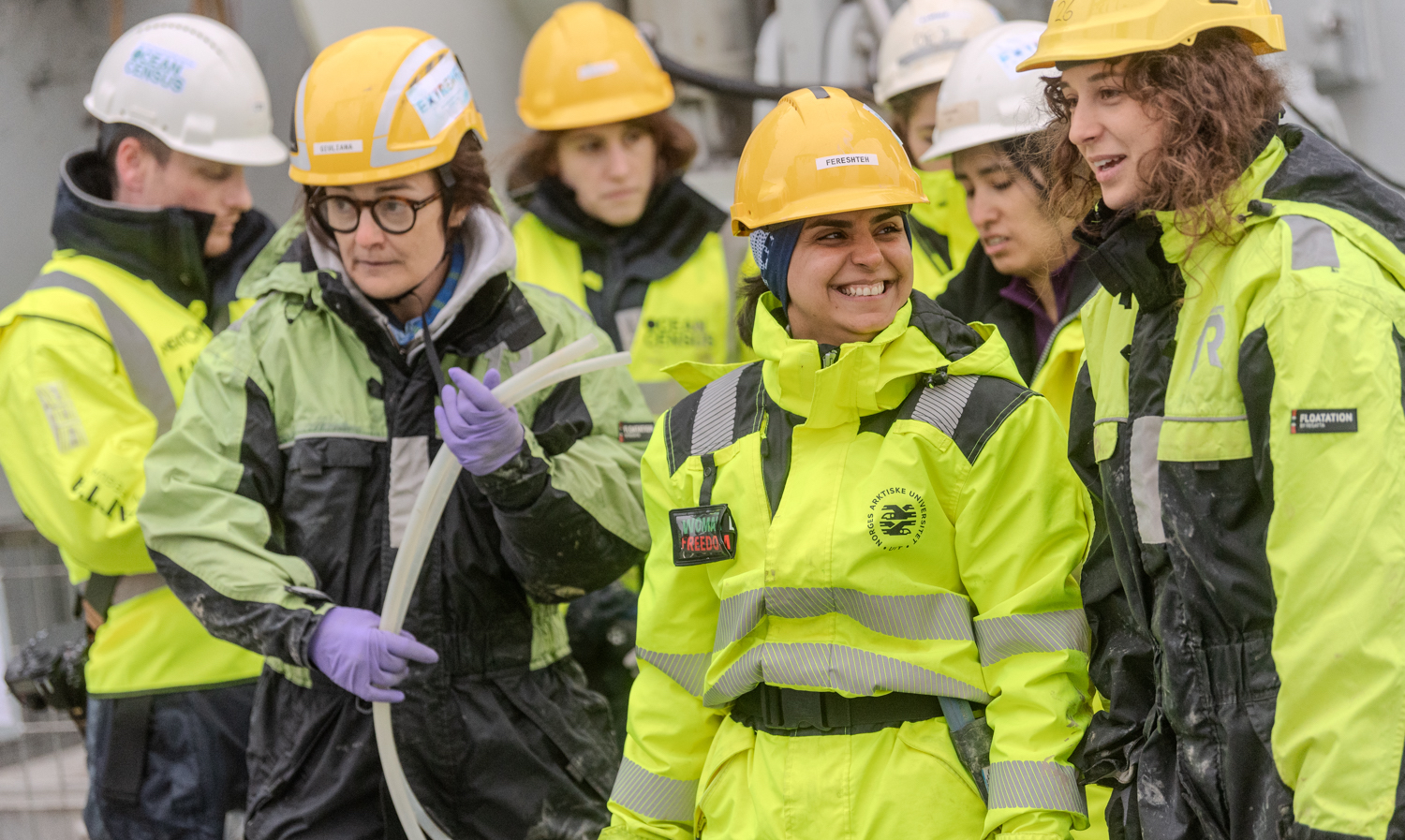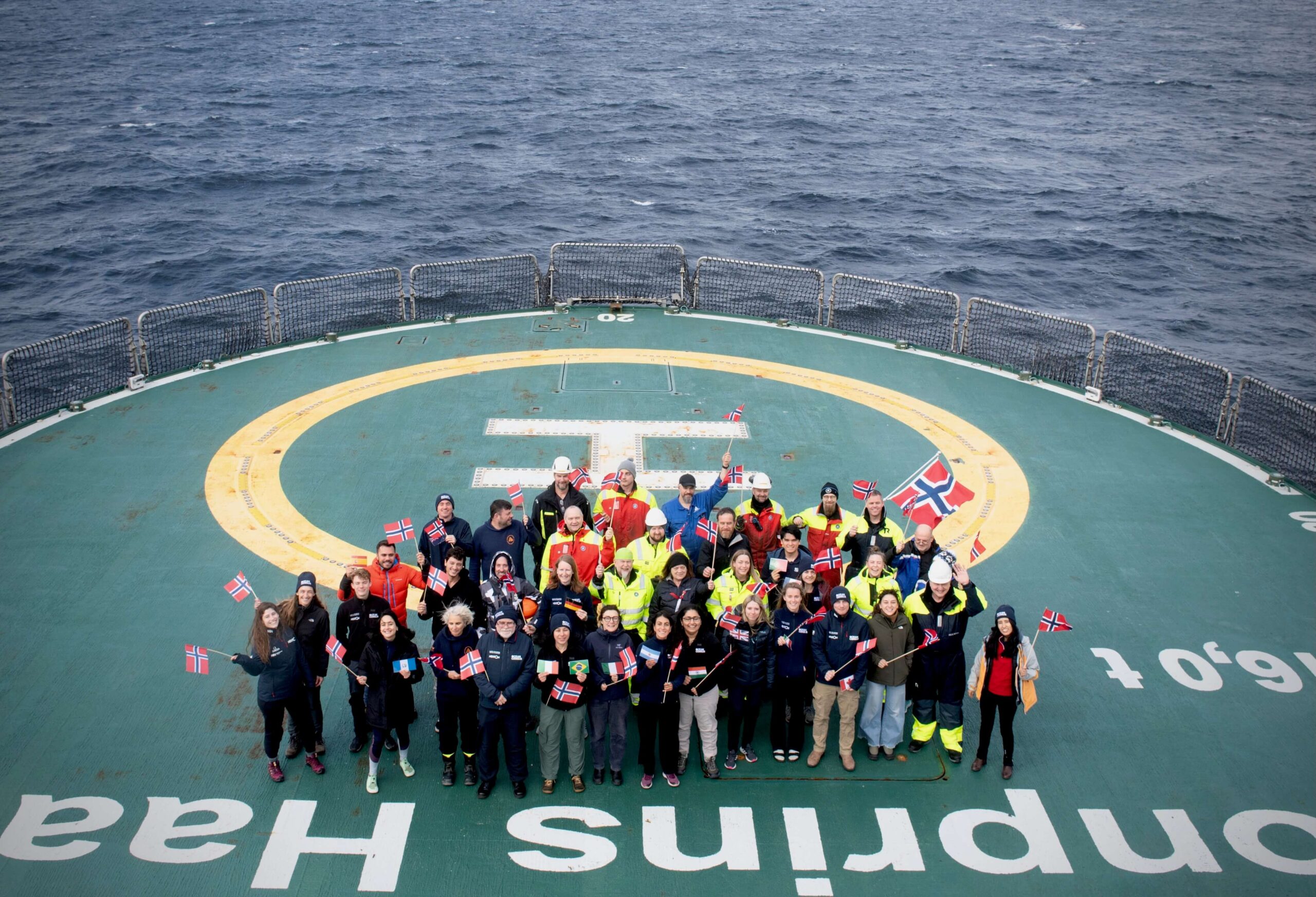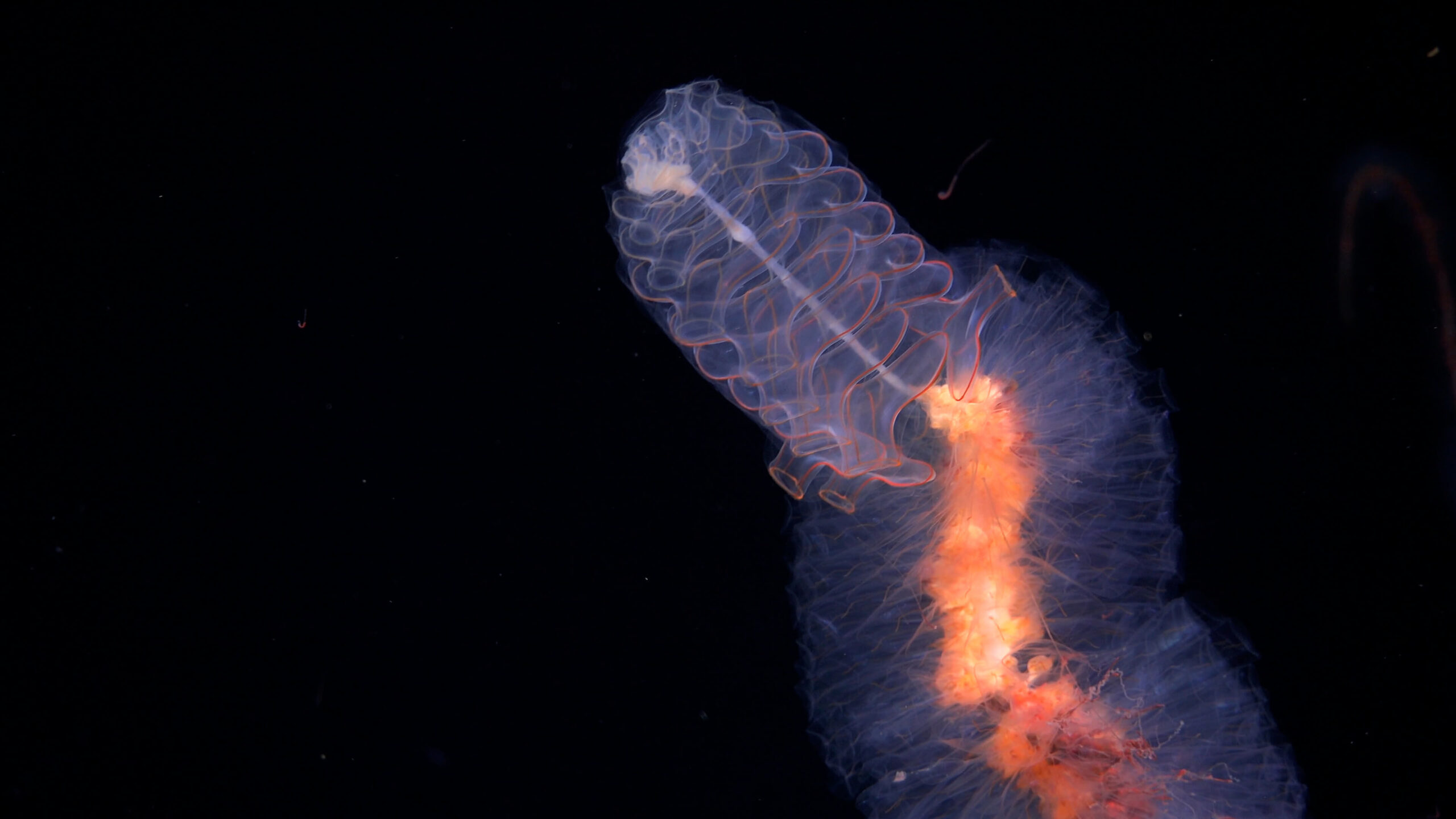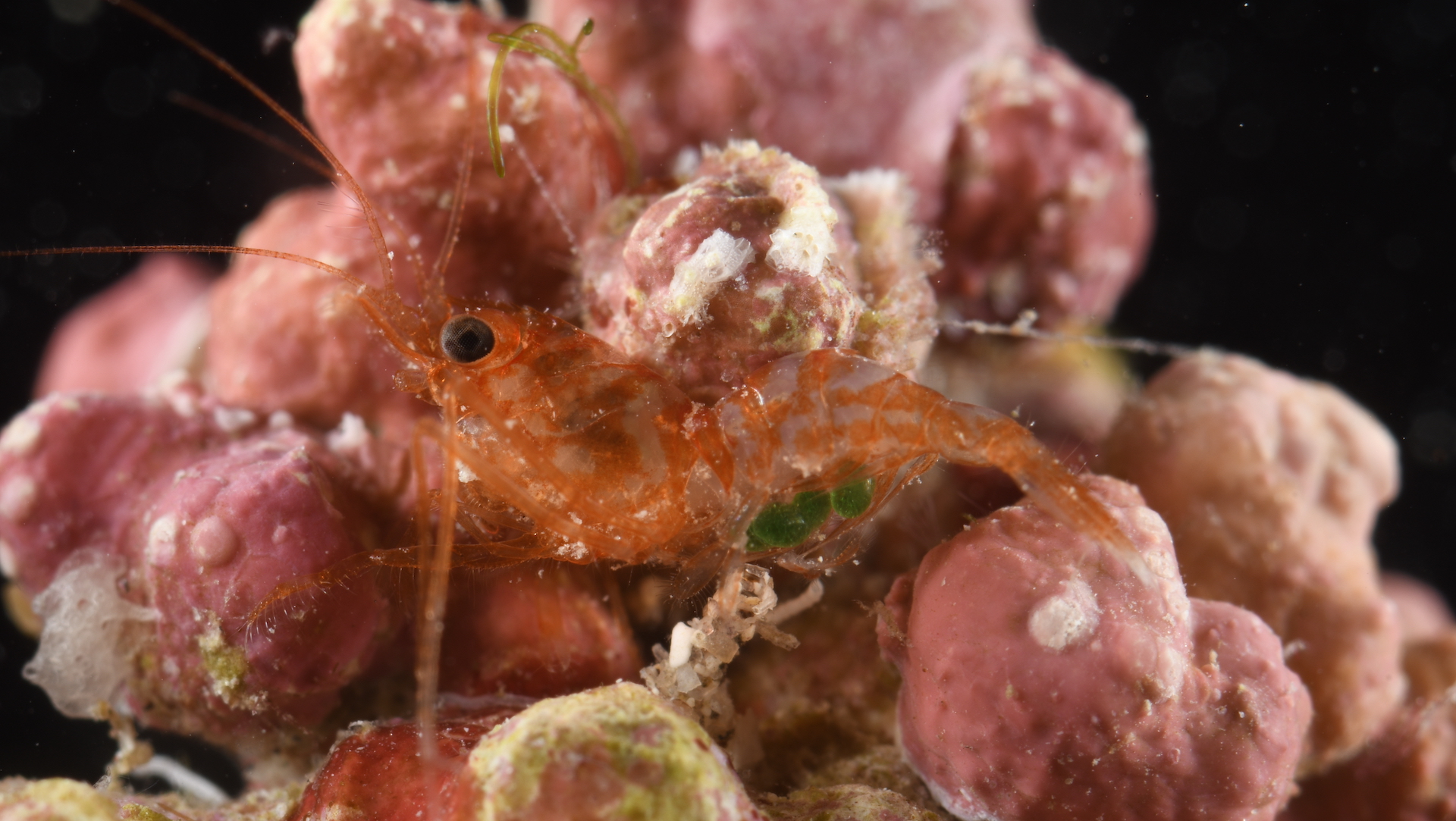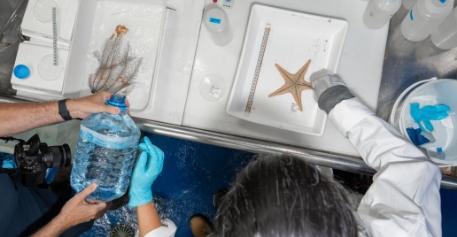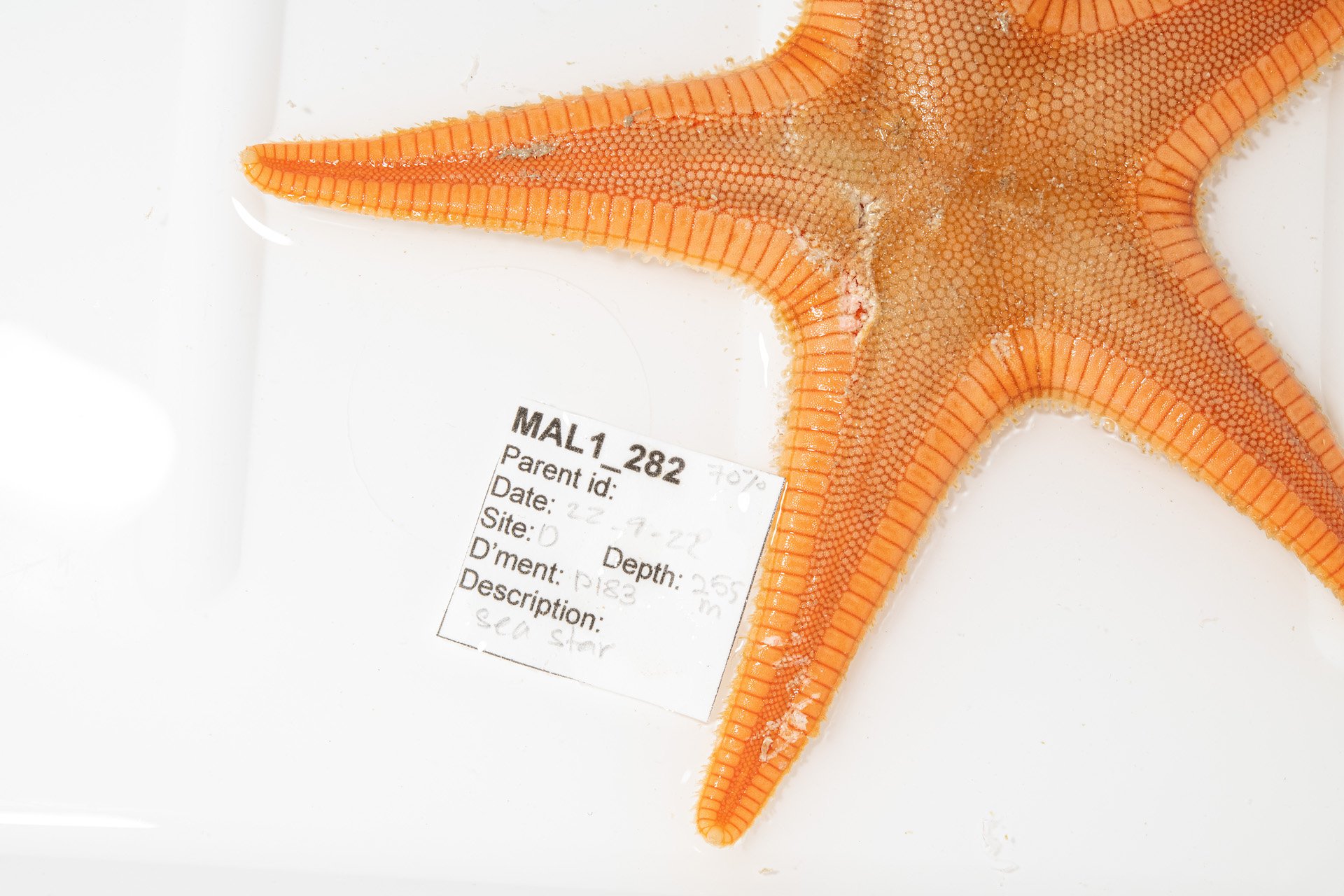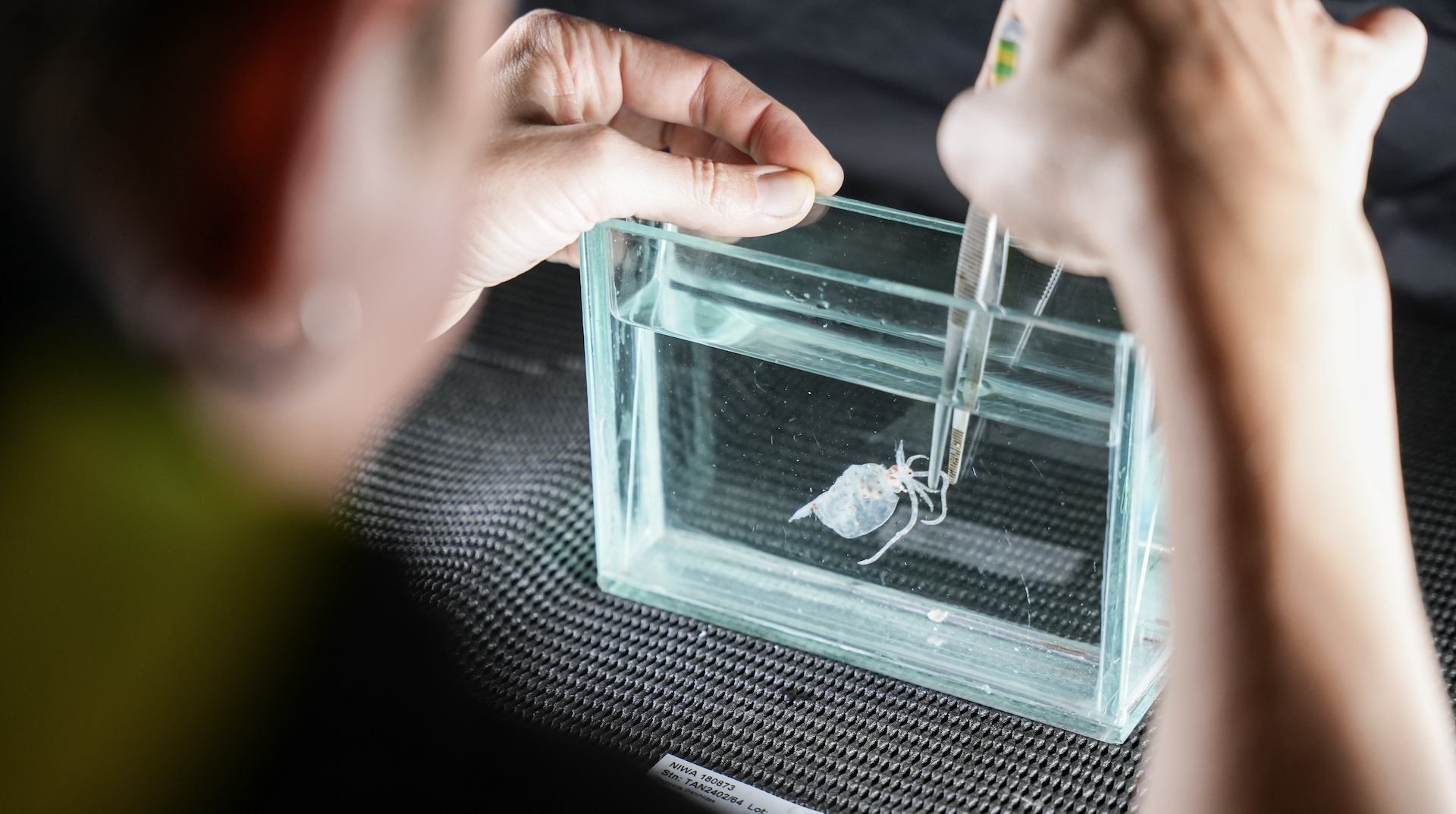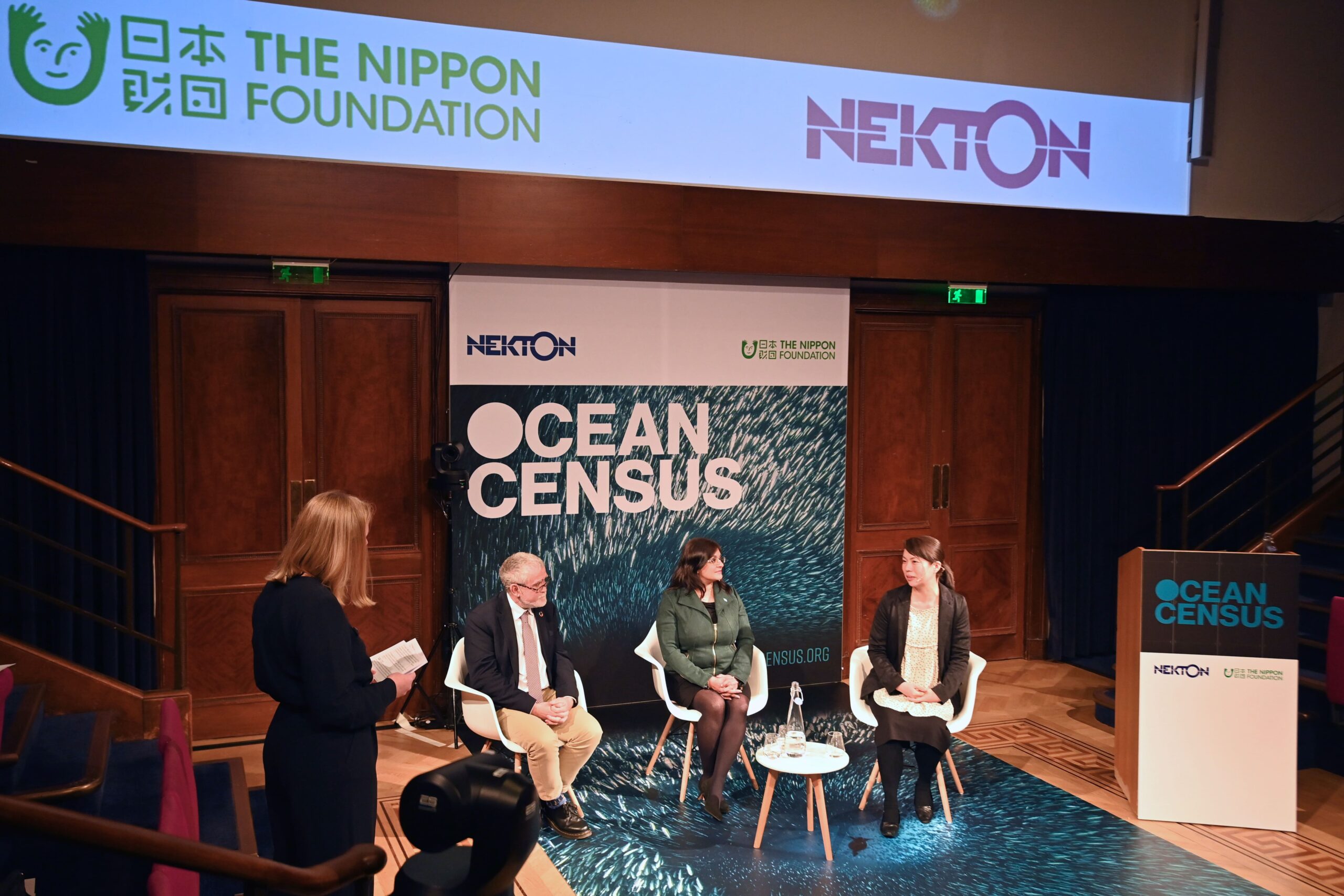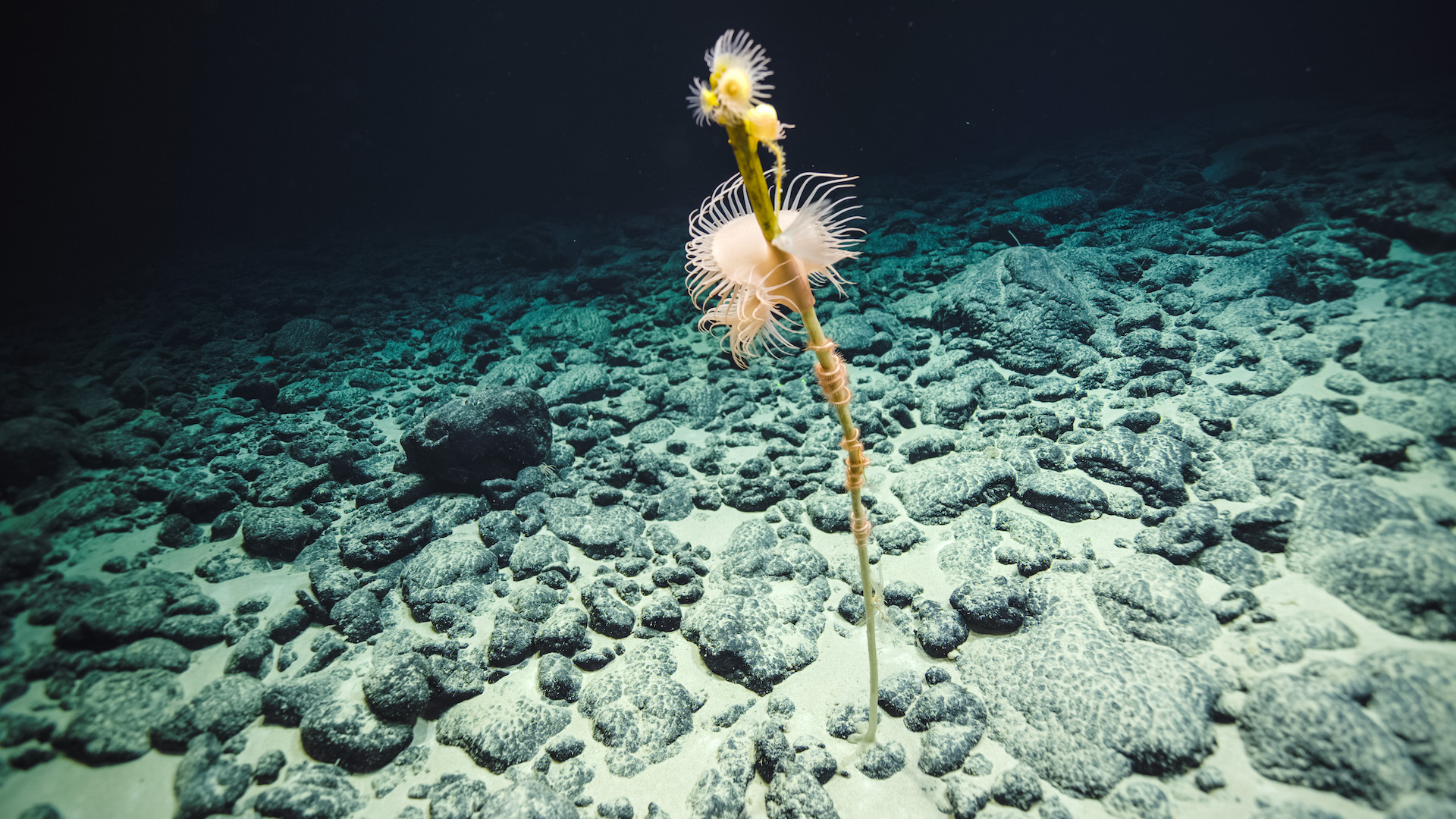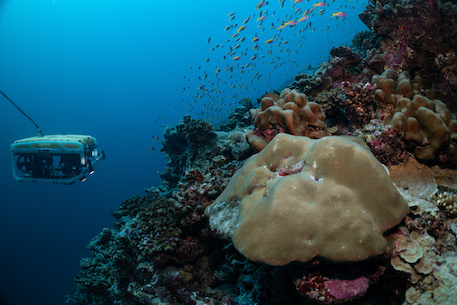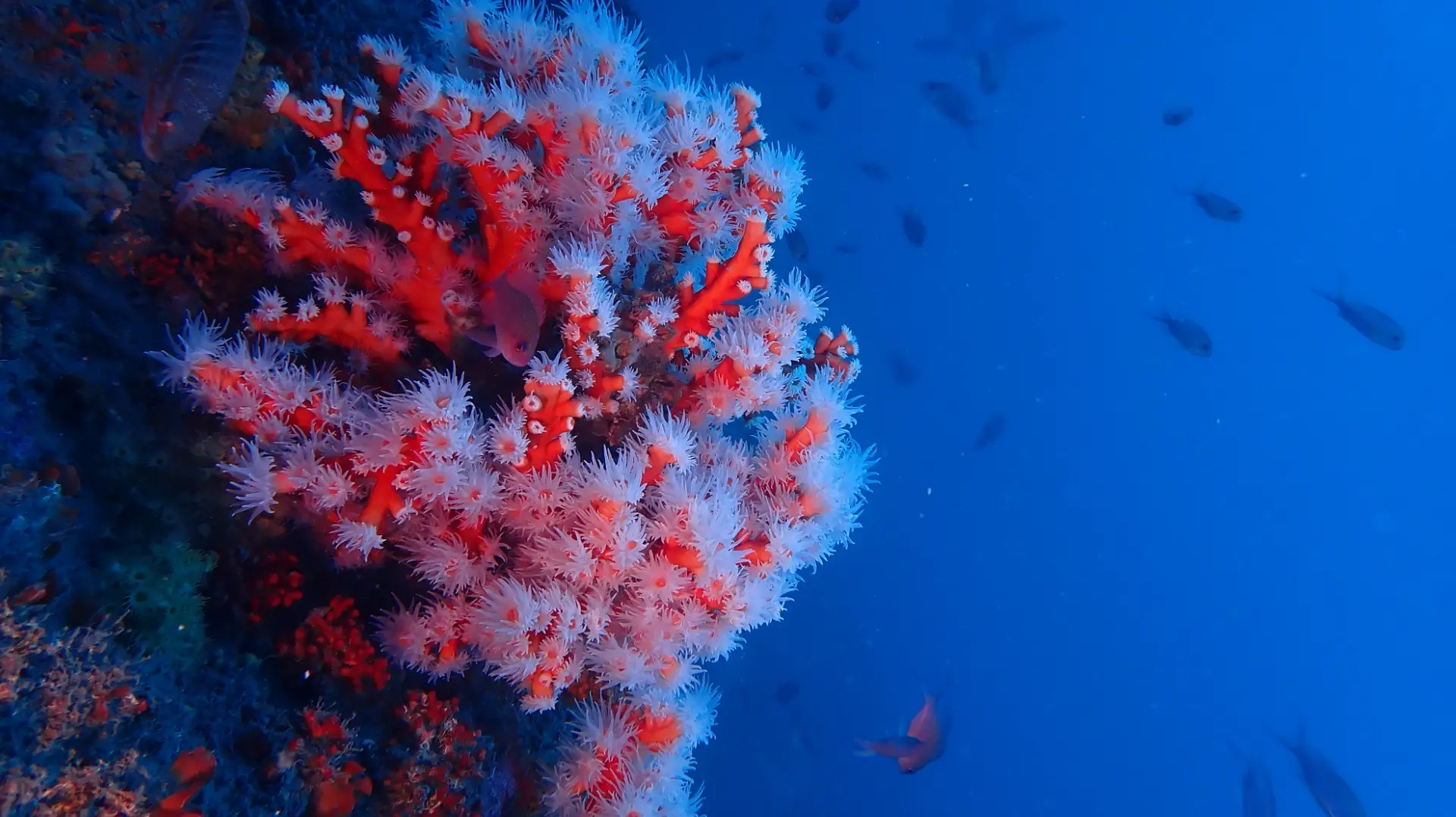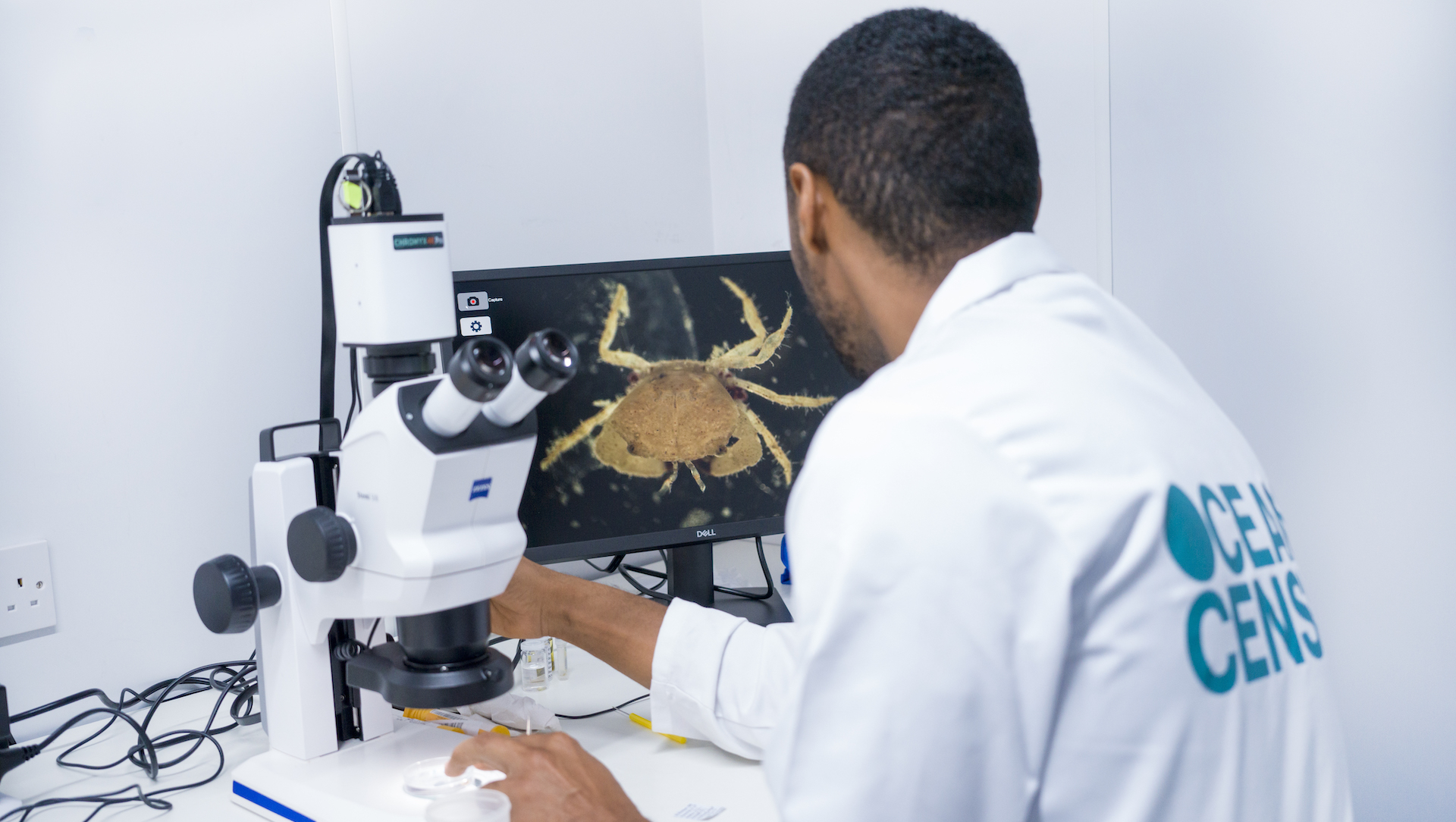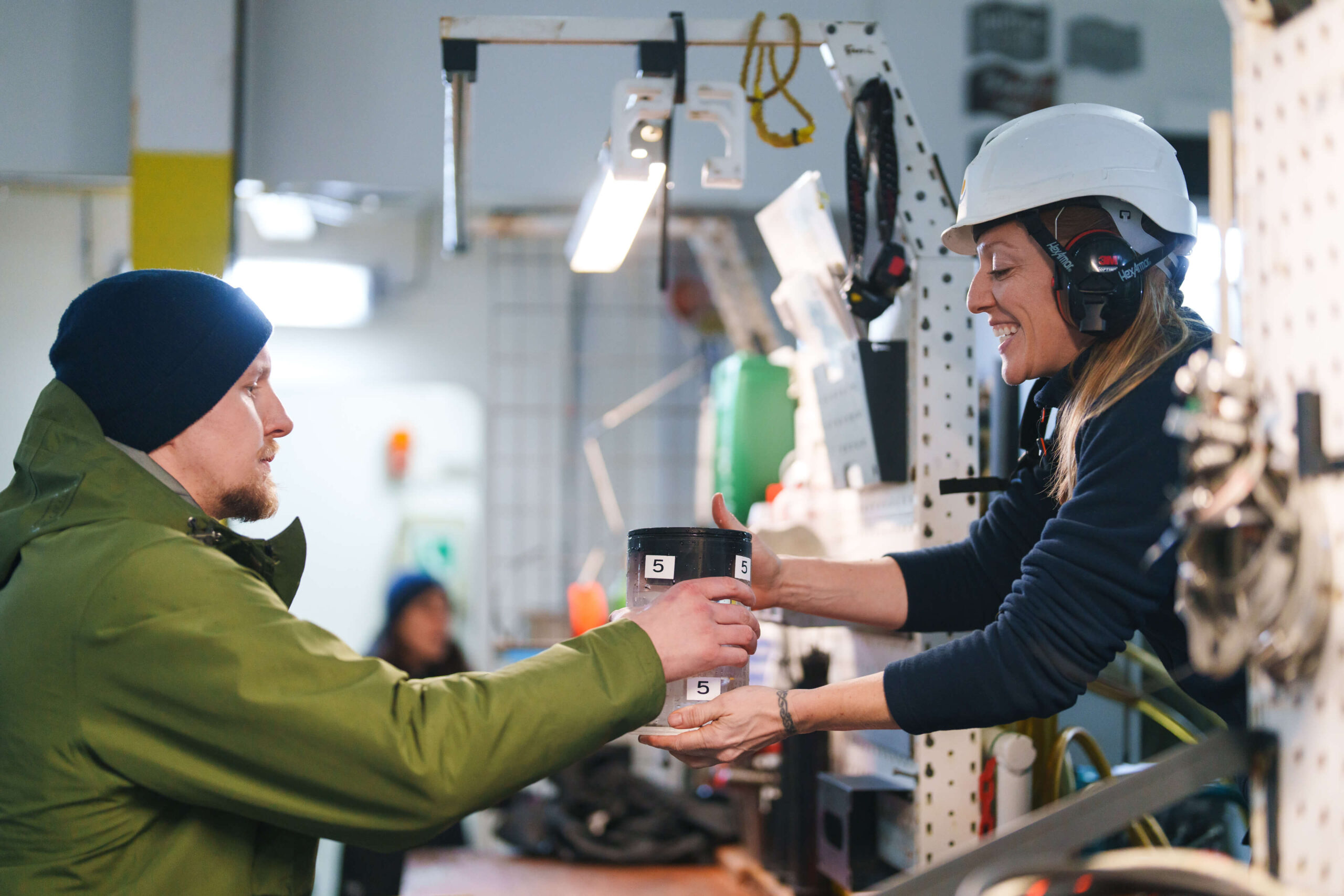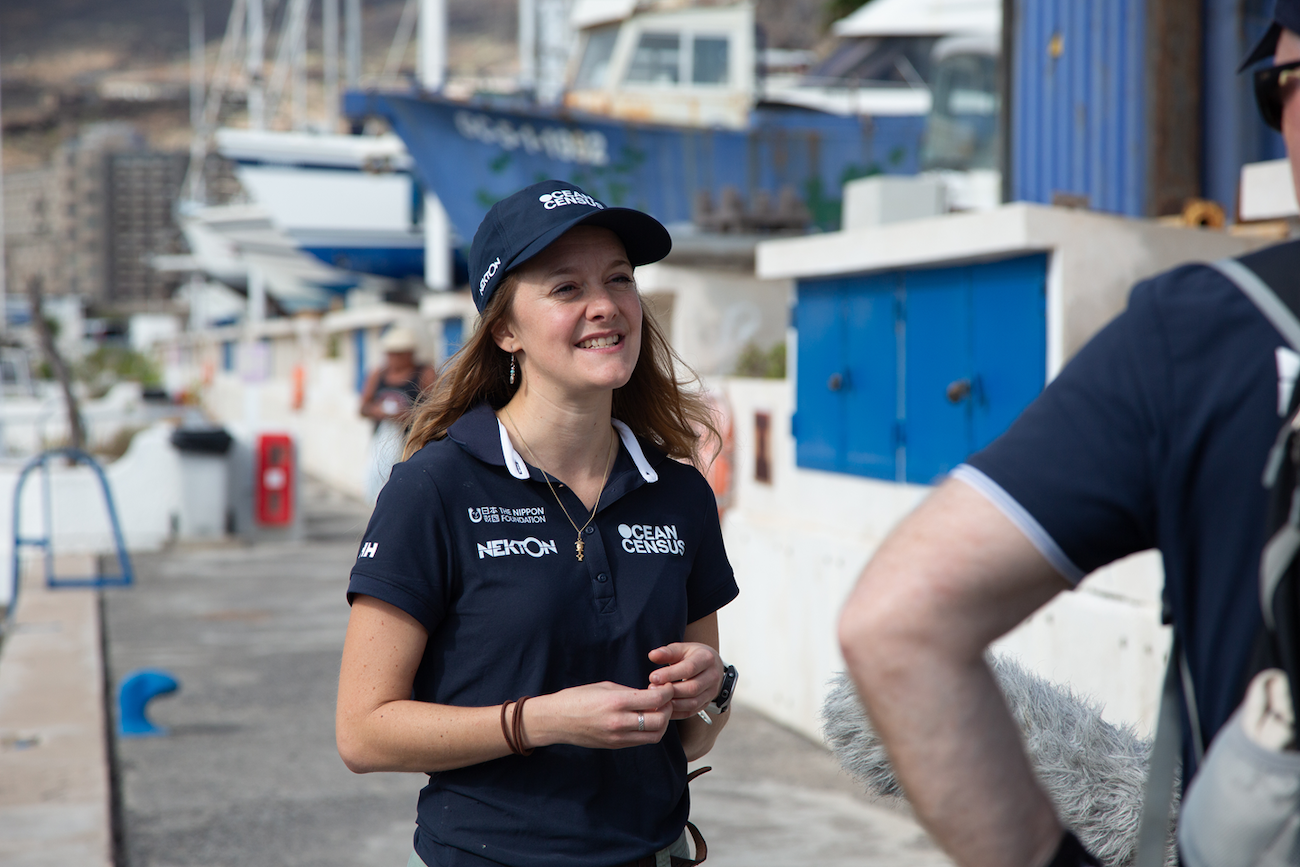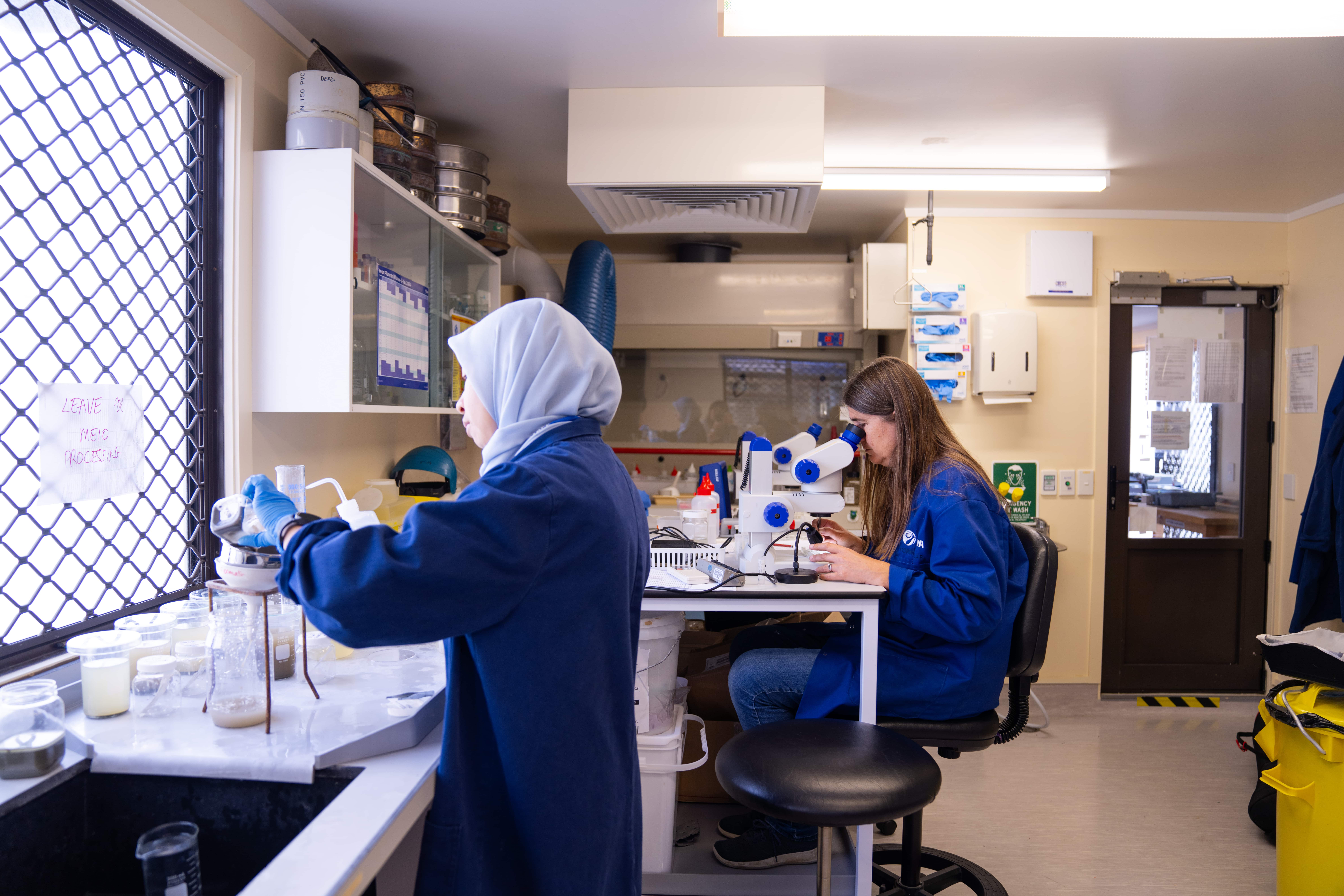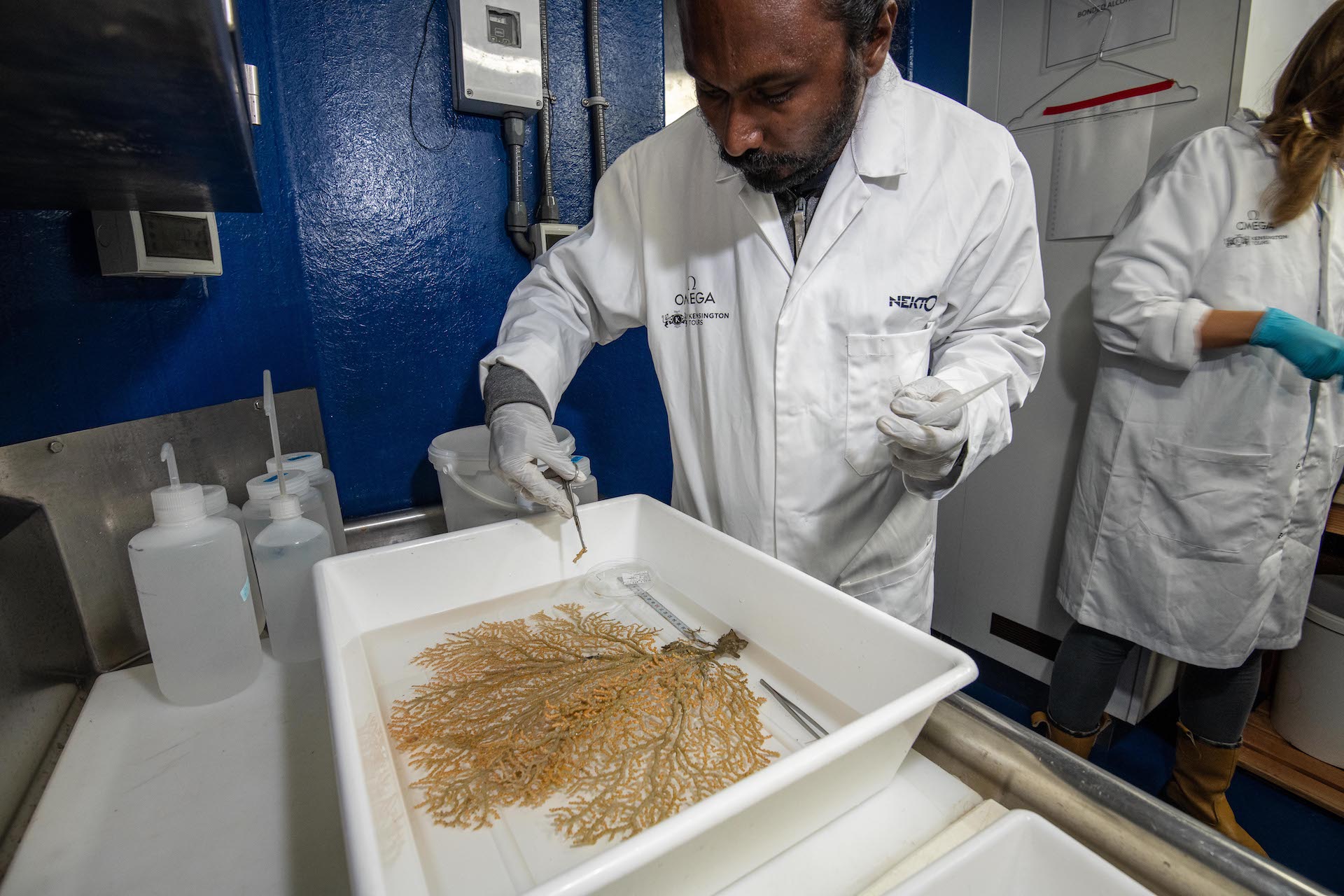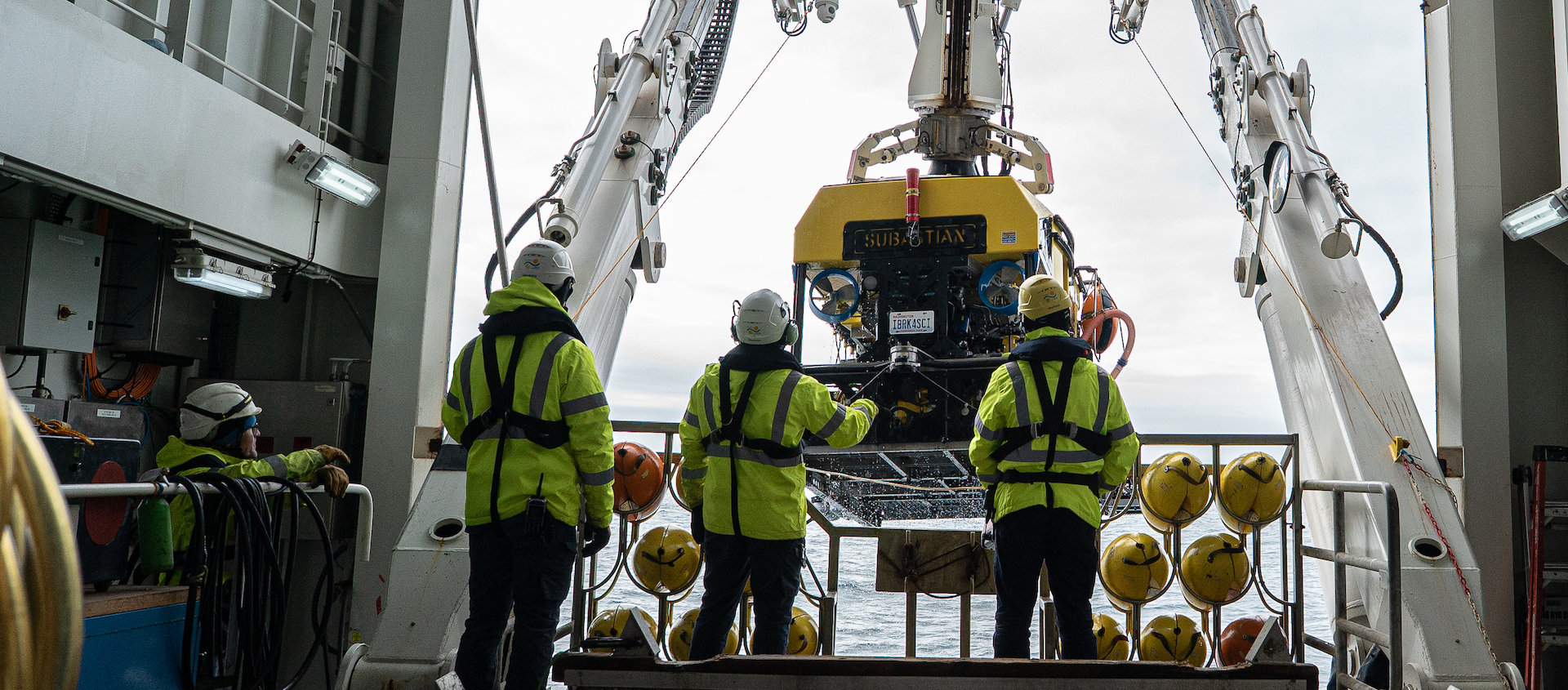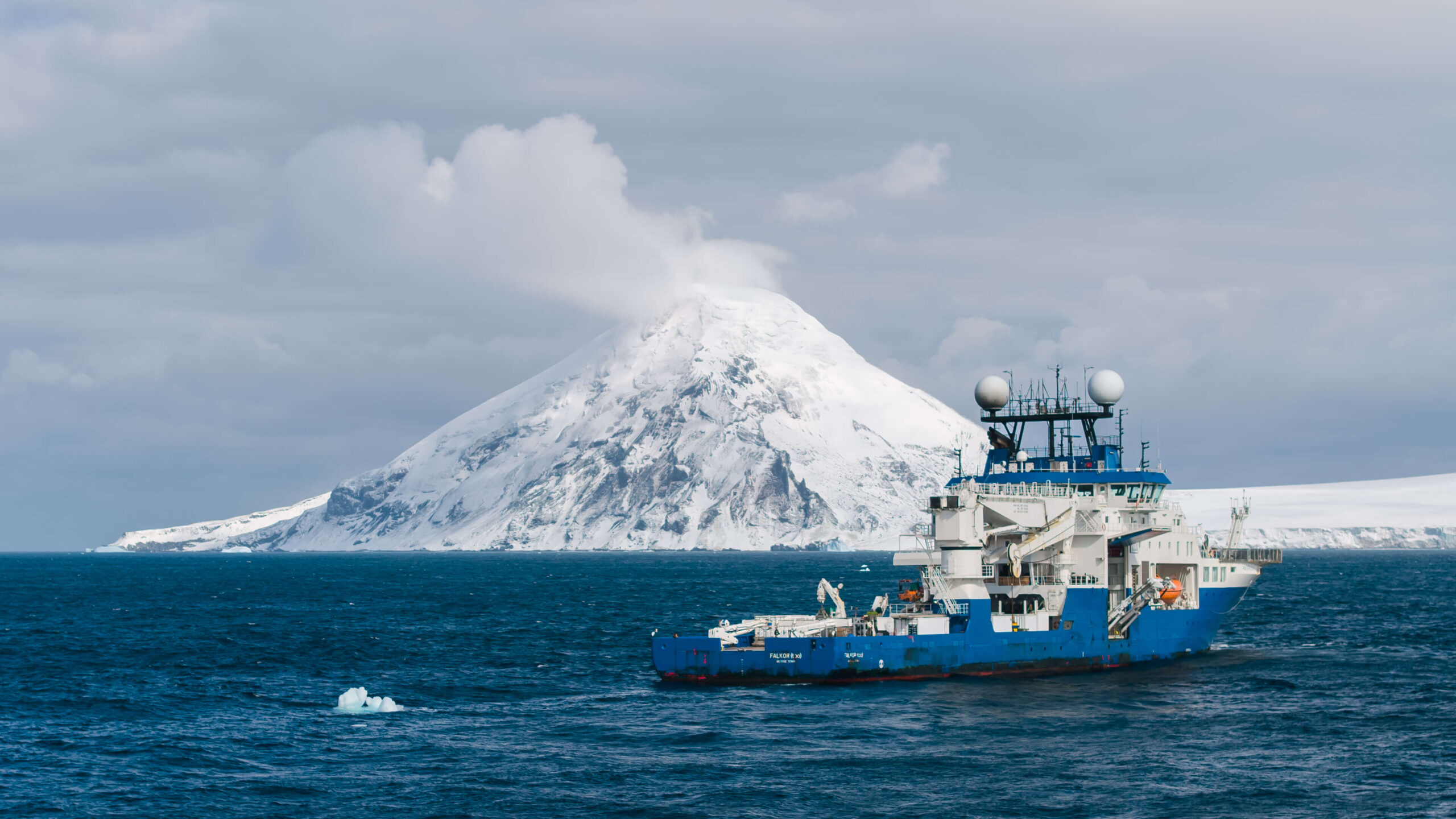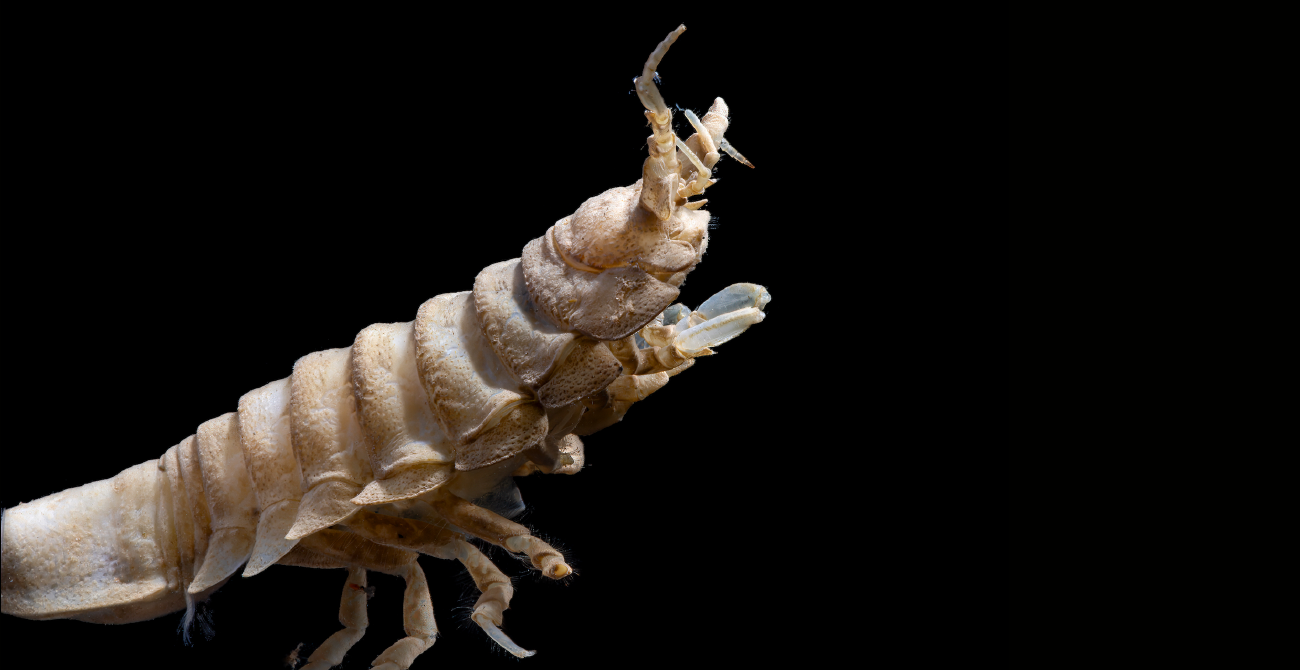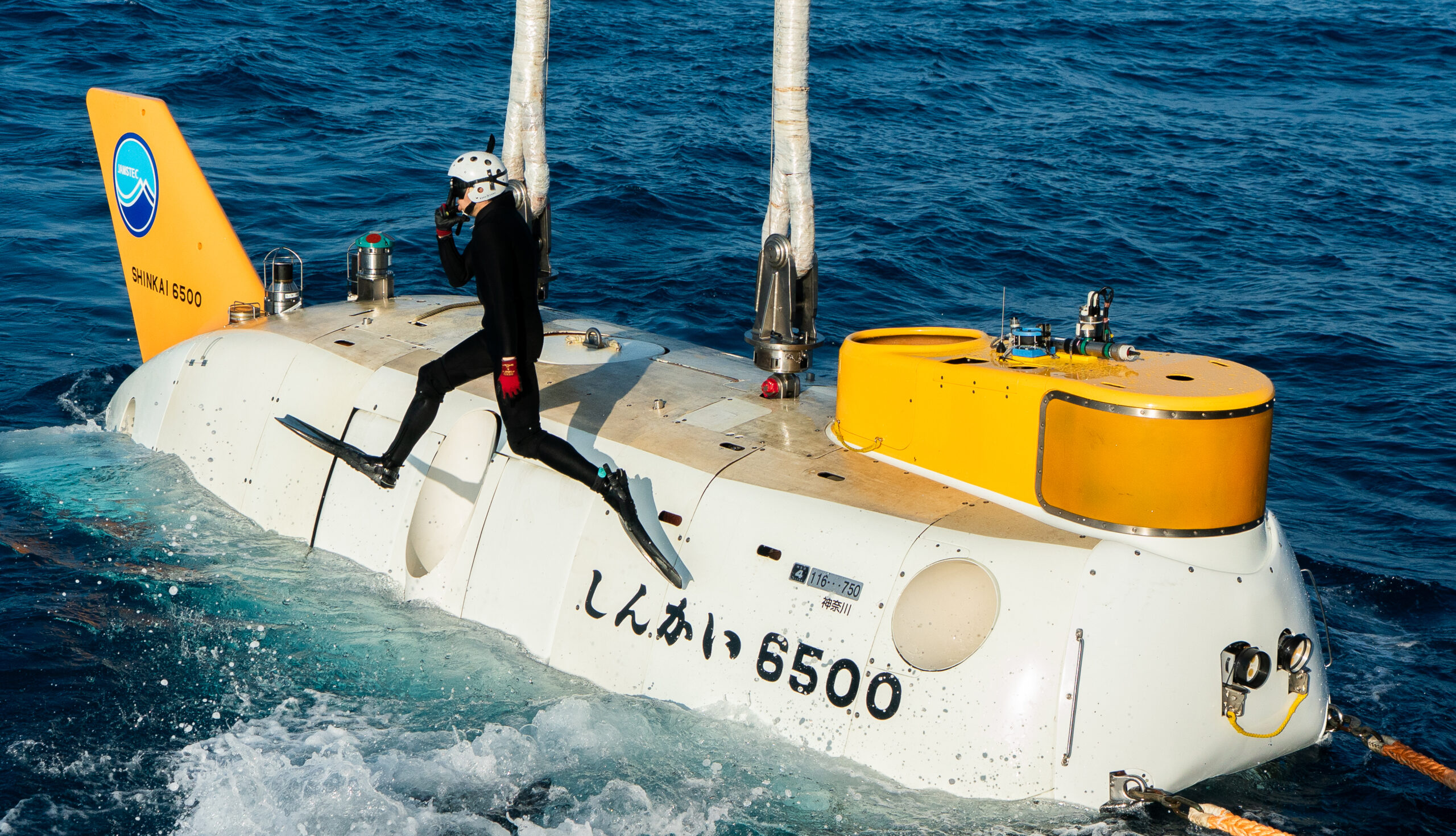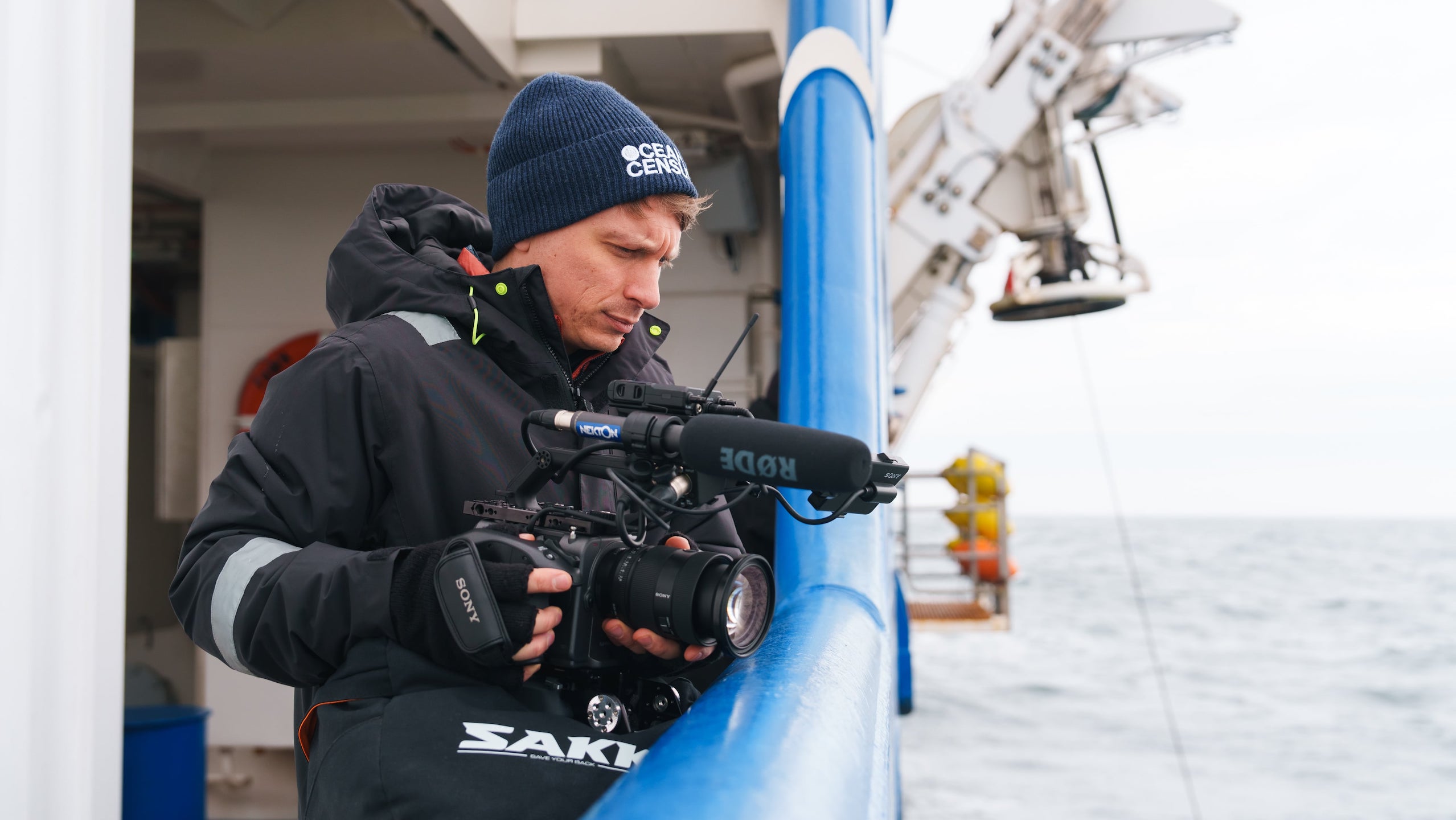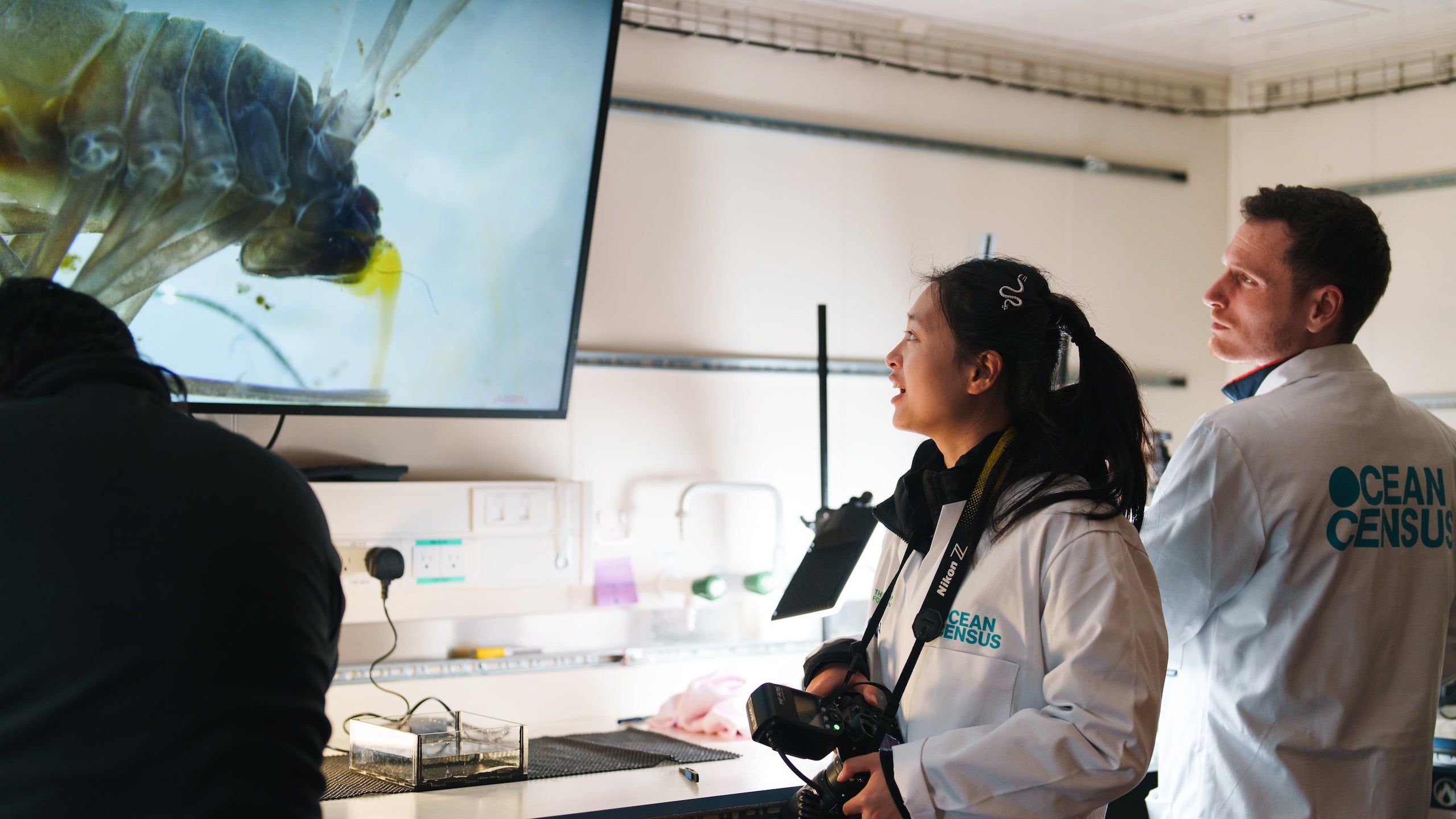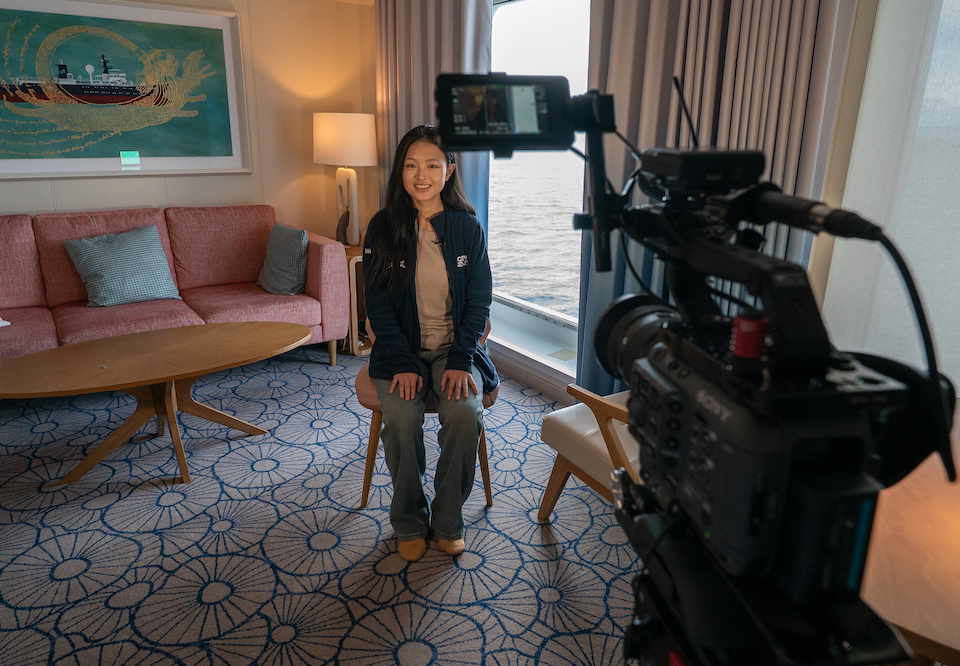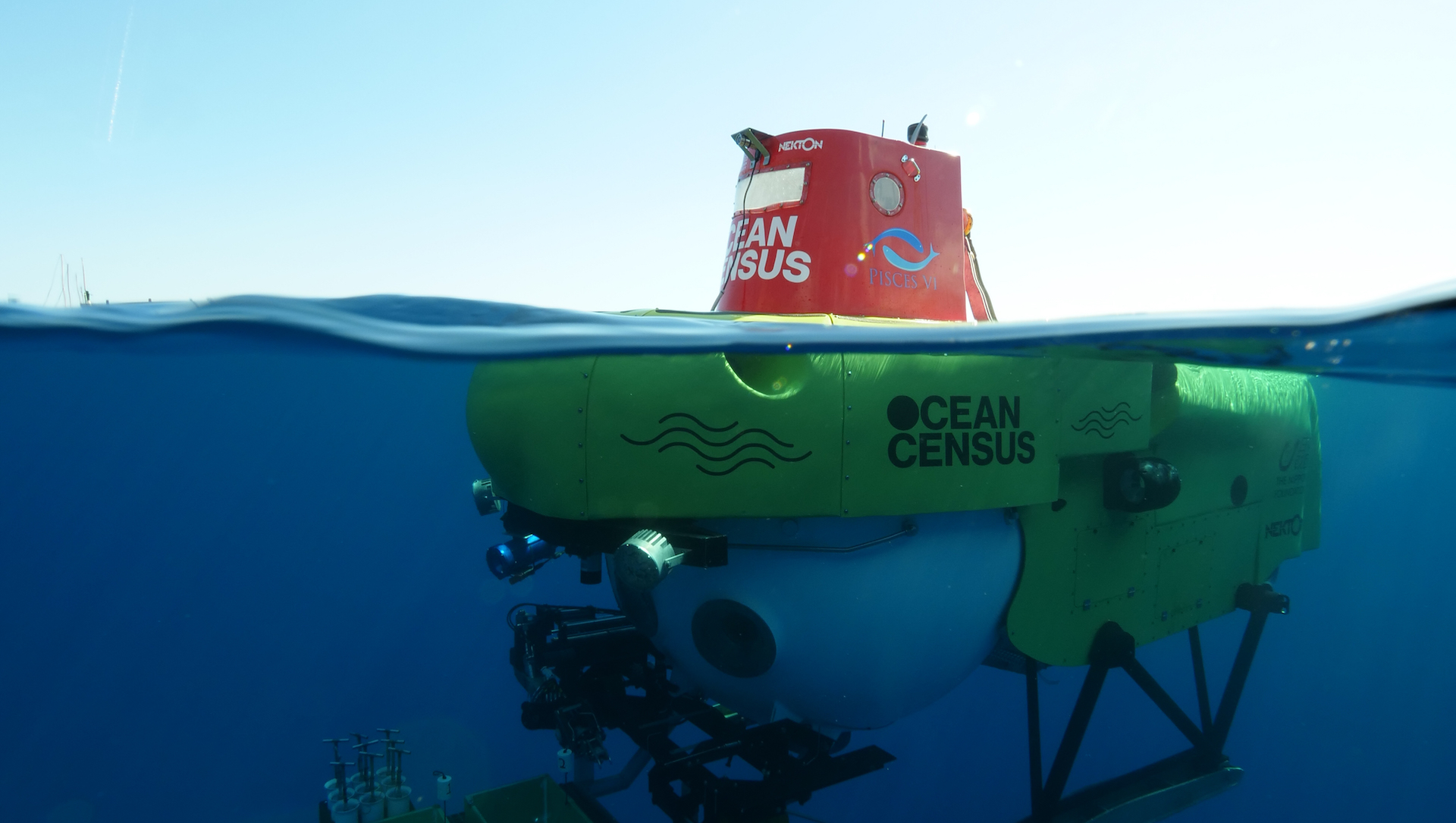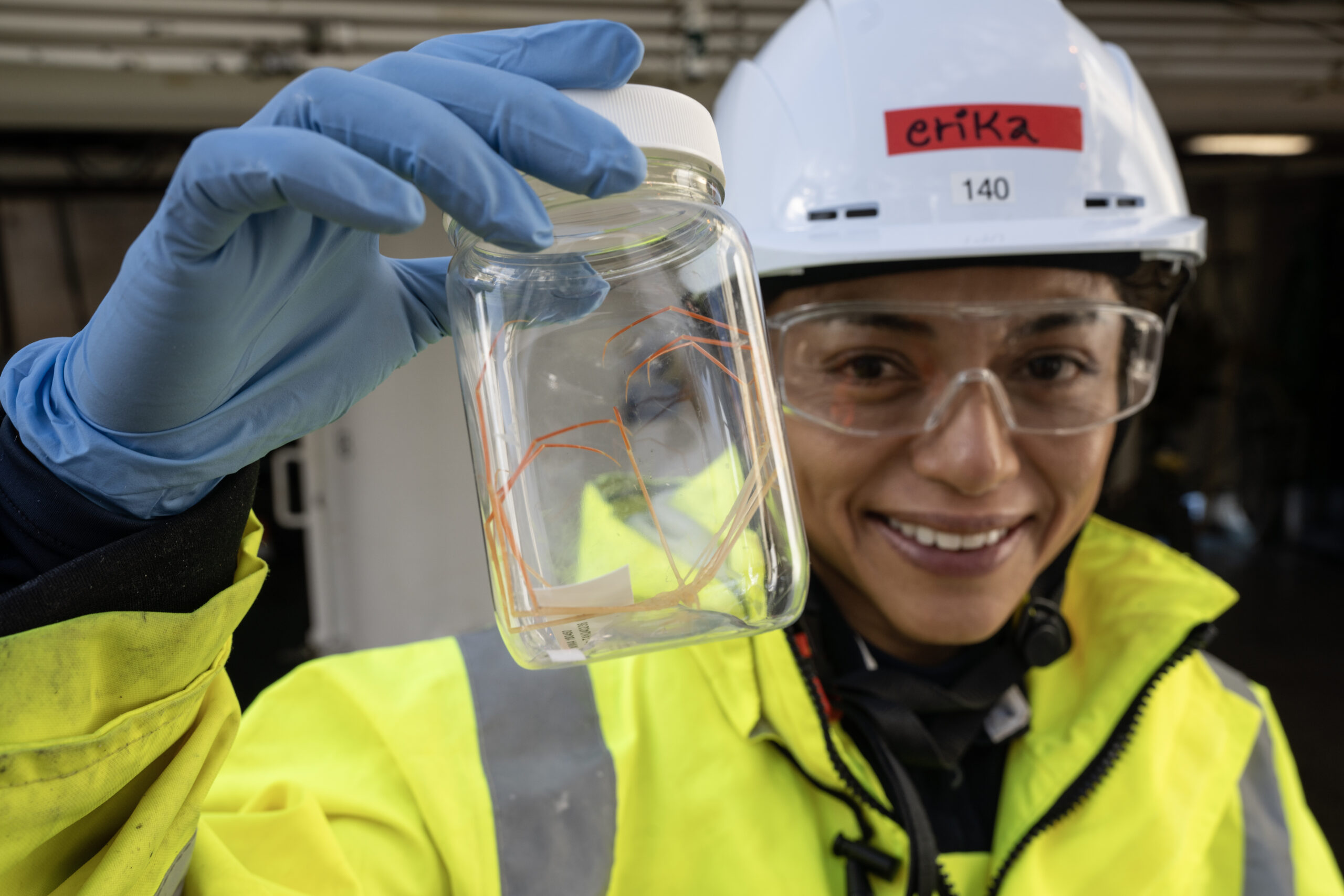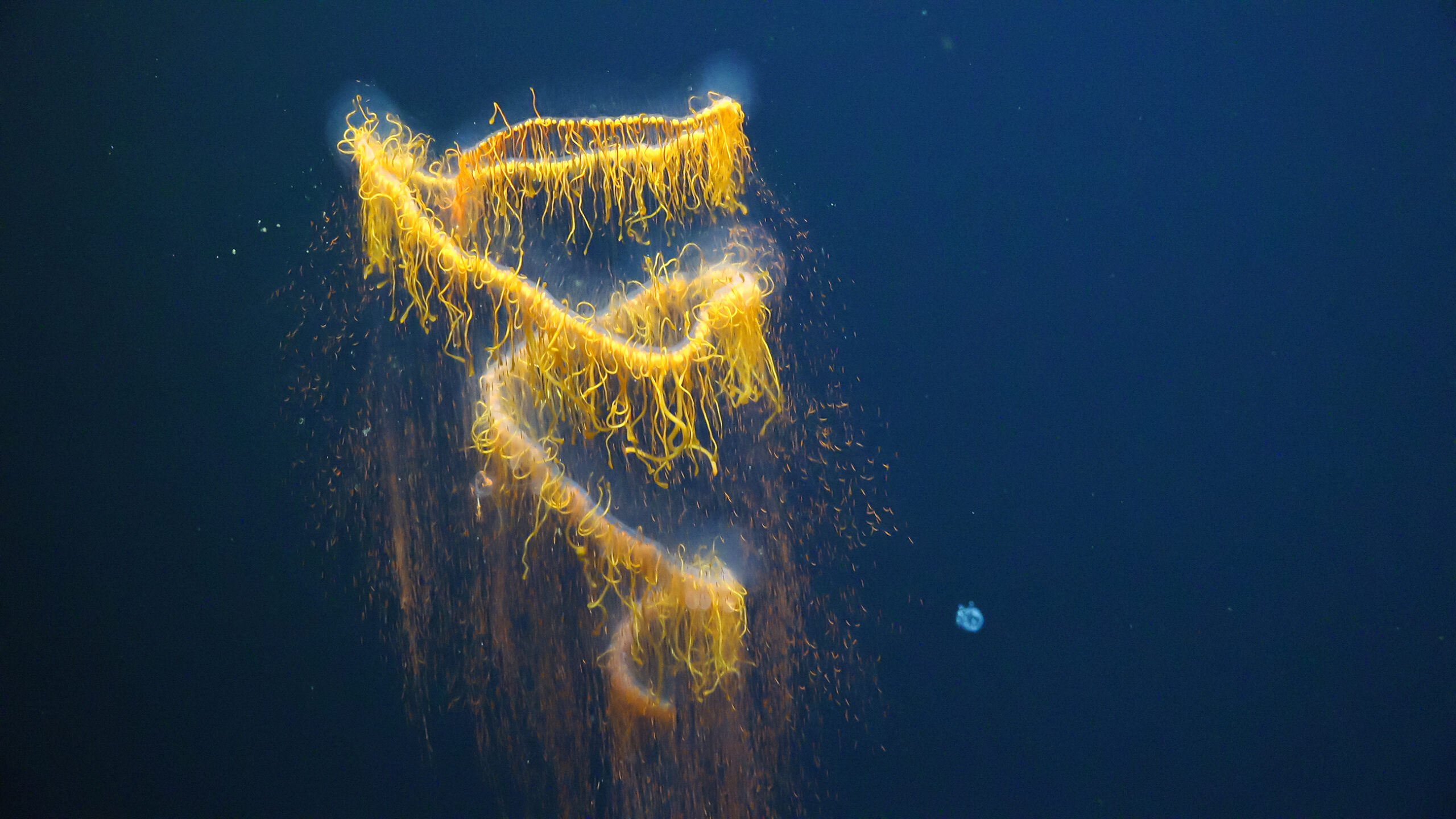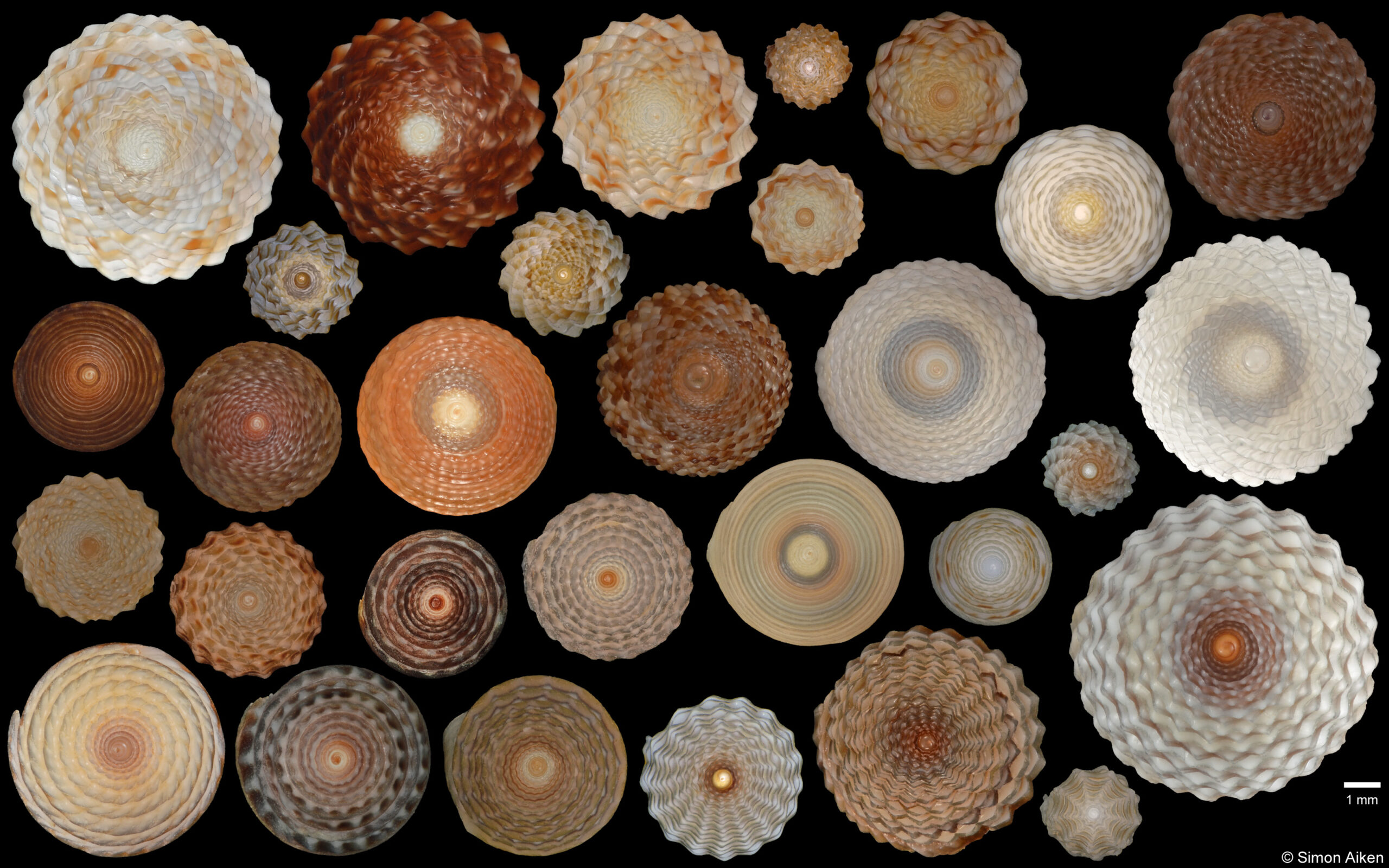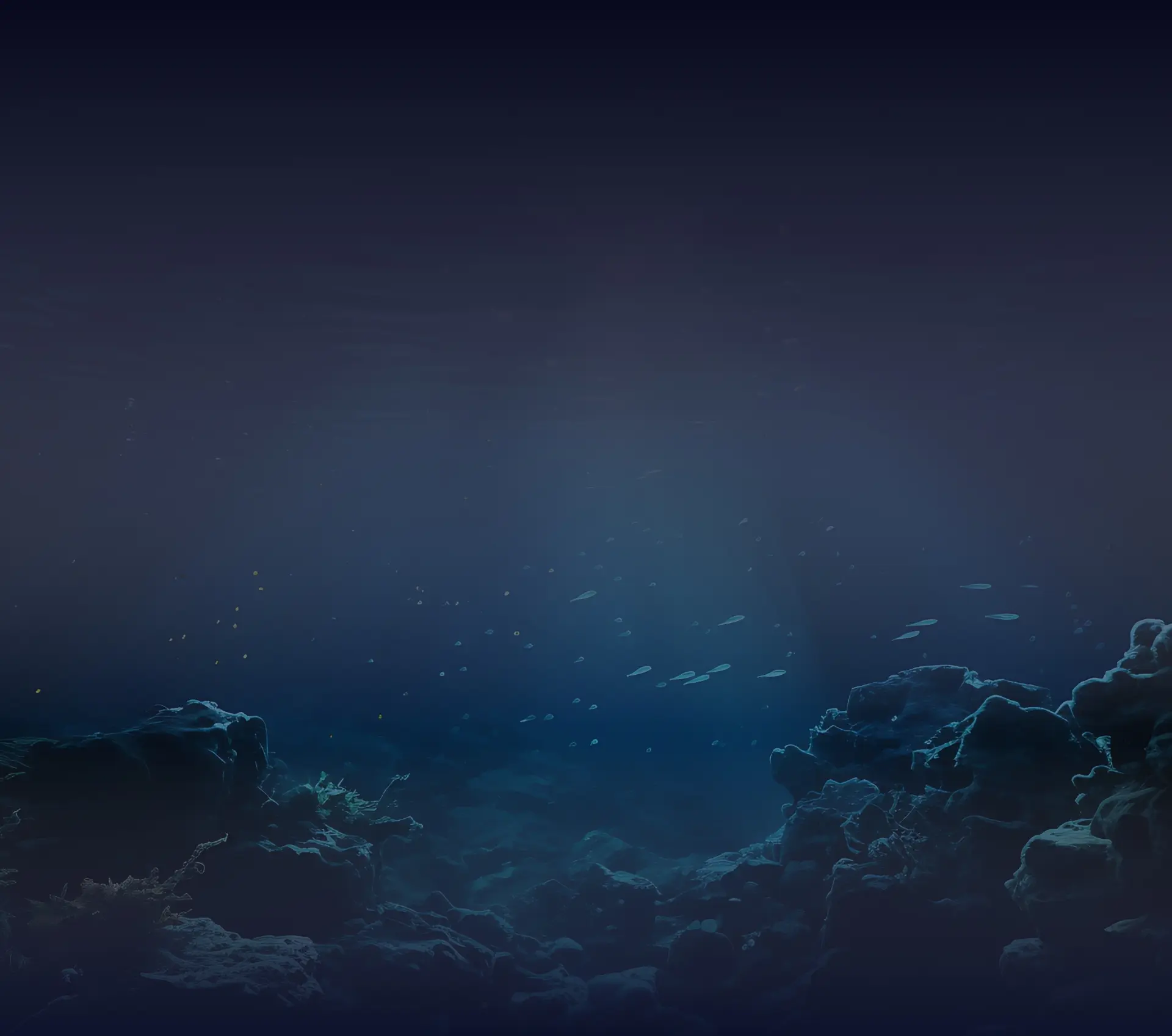
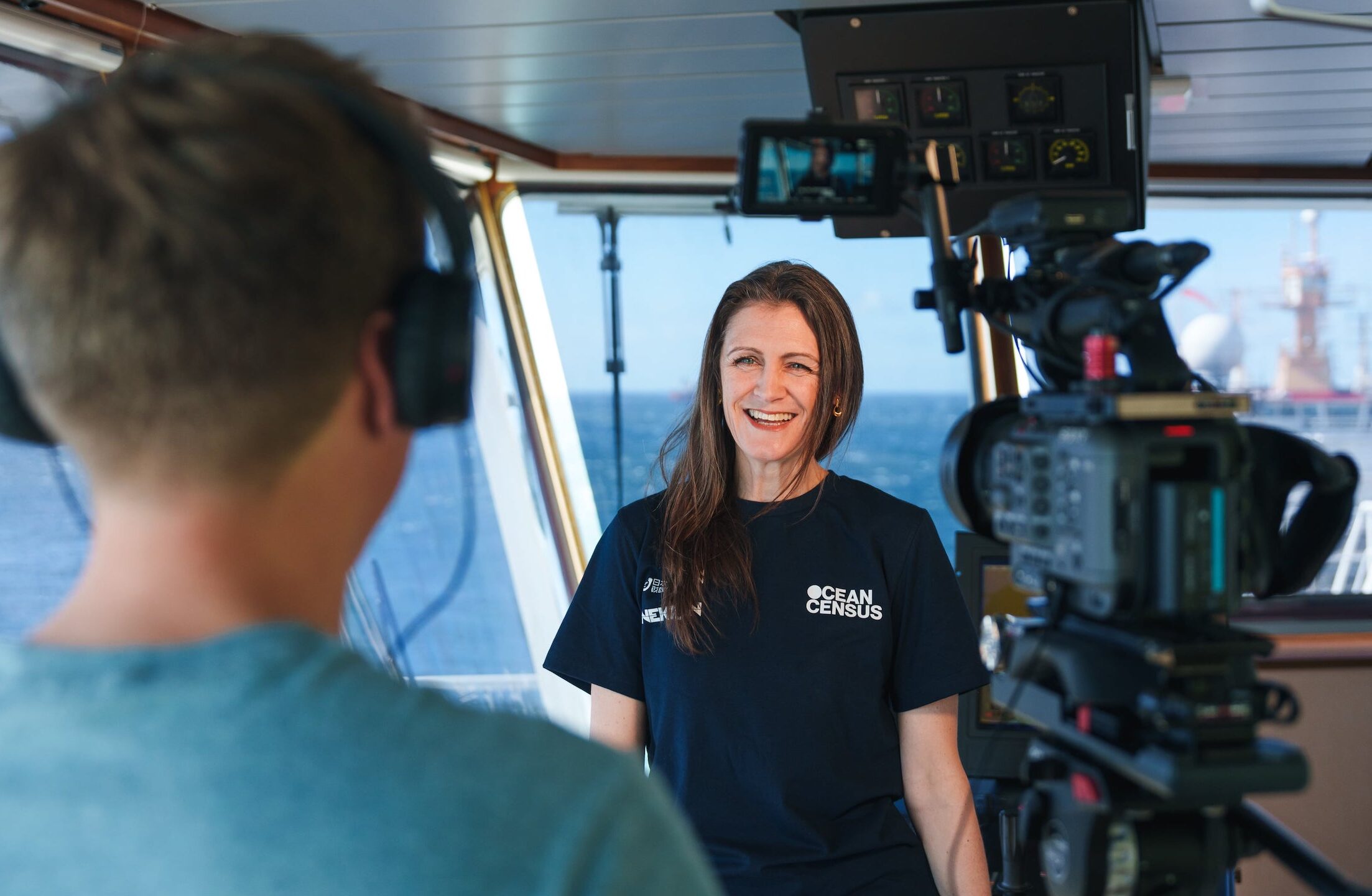
A Conversation with Dr. Michelle Taylor,
Ocean Census Head of Science
a love for the deep, and the mysteries it holds
From discovering ancient Megalodon teeth on the seafloor, to watching hydrothermal vents bloom into view in one of Earth’s most remote regions, Dr. Michelle Taylor has spent her life on the edge of the unknown. Now, as the new Head of Science at the Ocean Census, she brings her deep-sea curiosity, taxonomic expertise, and global scientific connections to a mission that feels written in the stars—or perhaps in the shimmer of bioluminescence beneath the waves.
In this Q&A, Michelle reflects on her journey to the Ocean Census, her priorities for scaling global species discovery, and the unforgettable ocean moments that continue to shape her work. With nine expeditions and eight species discovery workshops already on the calendar, she’s diving in headfirst.
What inspired you to join Ocean Census and what excites you most about this mission?
“The cover letter for this job was the easiest one I’ve ever written as I’m very driven by marine species discovery already. I could see that the Ocean Census aims and my aims were very much aligned. I also realised that I’ve perhaps been training for this job in one way or another for a few decades!
I have strong international links and collaborations, a genomics background which is super useful in modern-day species discovery, and I’m also a taxonomist; I enjoy and understand the process of species discovery.
Was finding this job chance or fate? ;)”
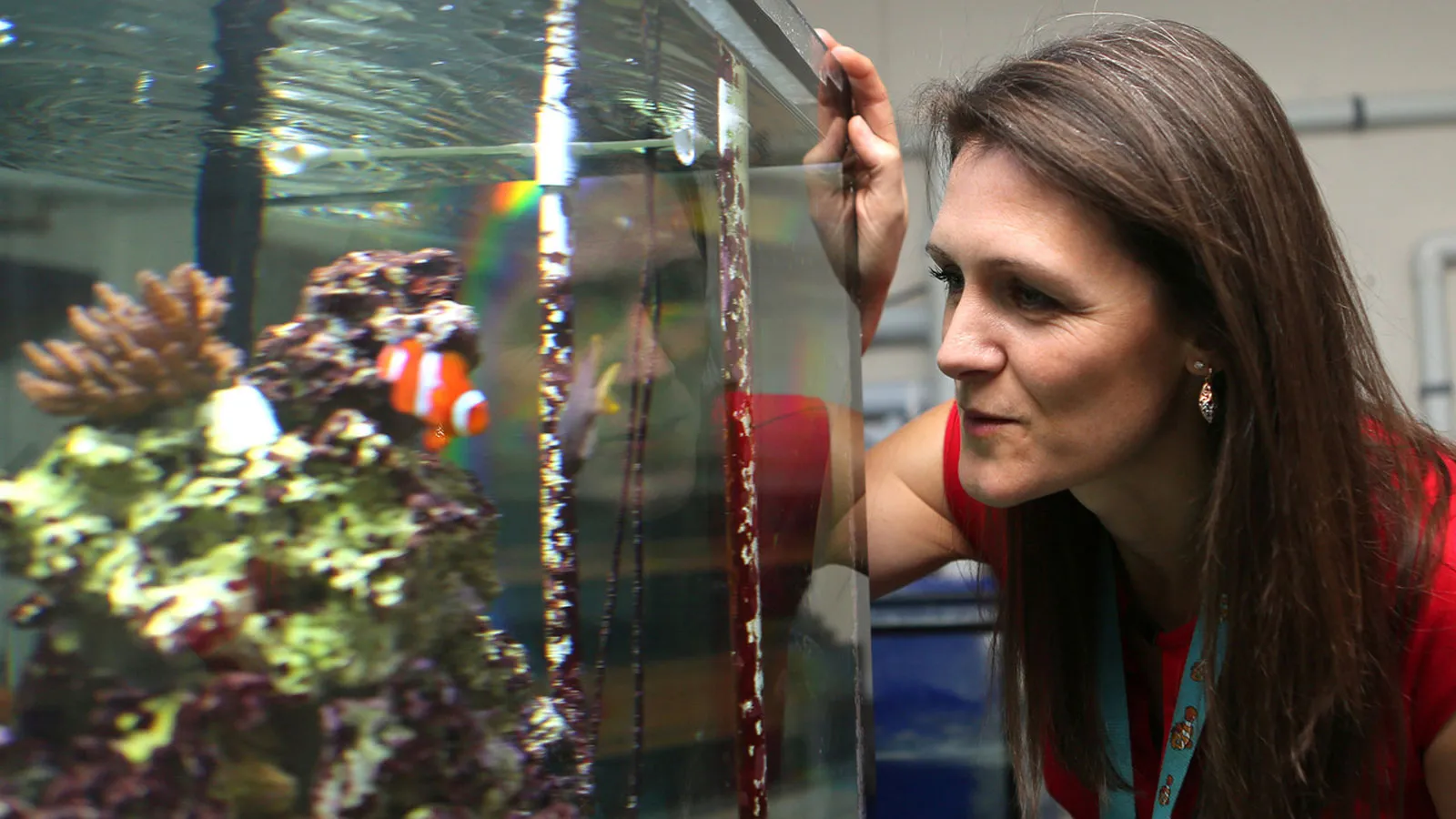
Image Credit: Dr. Michelle Taylor
As Head of Science, what are your top priorities for the year ahead?
“One of our Science team’s first priorities is to make species discovery and the cataloguing of subsequent “species” information easier for our global network of taxonomists and researchers.
We are working hard to find technological solutions, and with key partners to try to increase exposure for taxonomists and secure useful incentives for discovering species. The Science team, in a very practical sense, also support species discovery through the organisation, planning, and participation in expeditions.
And of course, as one of our key areas for species discovery, our team will be undertaking the collaborative organisation and planning, science preparations and logistics that goes into the Species Discovery workshops too.
On a personal note, I look forward to getting to know our partners and establishing new partnerships to propel forward marine species discovery globally. We won’t be bored this year!”
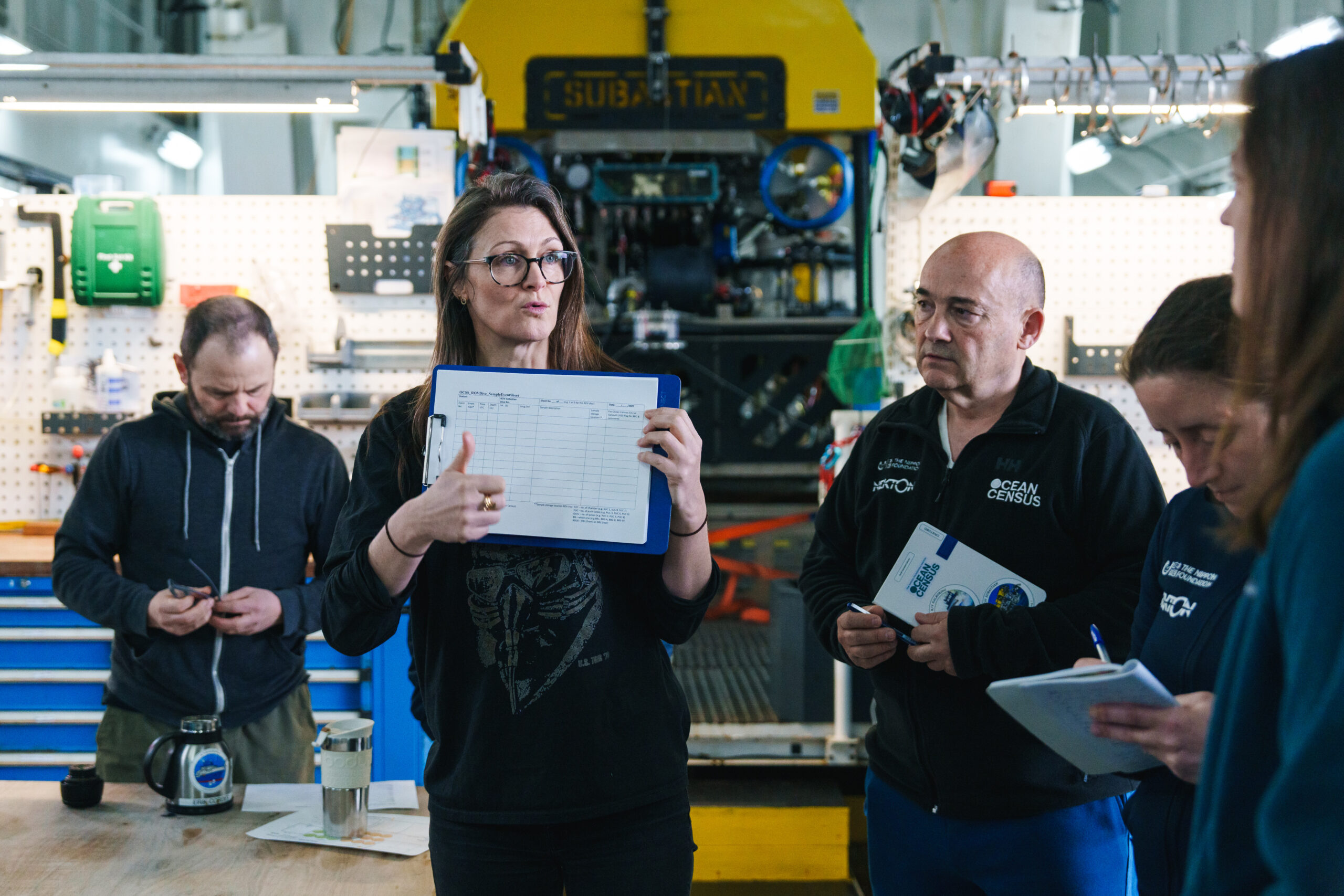
Image Credit: Schmidt Ocean Institute
What’s been a standout moment or memory during your time with the Ocean Census so far?
“I was asked to lead a recent expedition for the Ocean Census, before I actually secured the Head of Science position. This was an expedition to the South Sandwich Islands on board the Schmidt Ocean Institute vessel the Falkor (Too).
The expedition really was something extraordinary. Not only was it to one of the most isolated and unexplored areas of the world (it took 8 days of steaming on the ship to get there), the ecosystems we saw were mind-blowing.
I will never forget being with the entire science team (the discovery serendipitously happened at exactly the shift crossover) inside Mission Control in front of a wall of video screens and seeing a hydrothermal vent emerge from the darkness of the deep sea.”

Image Credit: The Nippon Foundation-Nekton Ocean Census
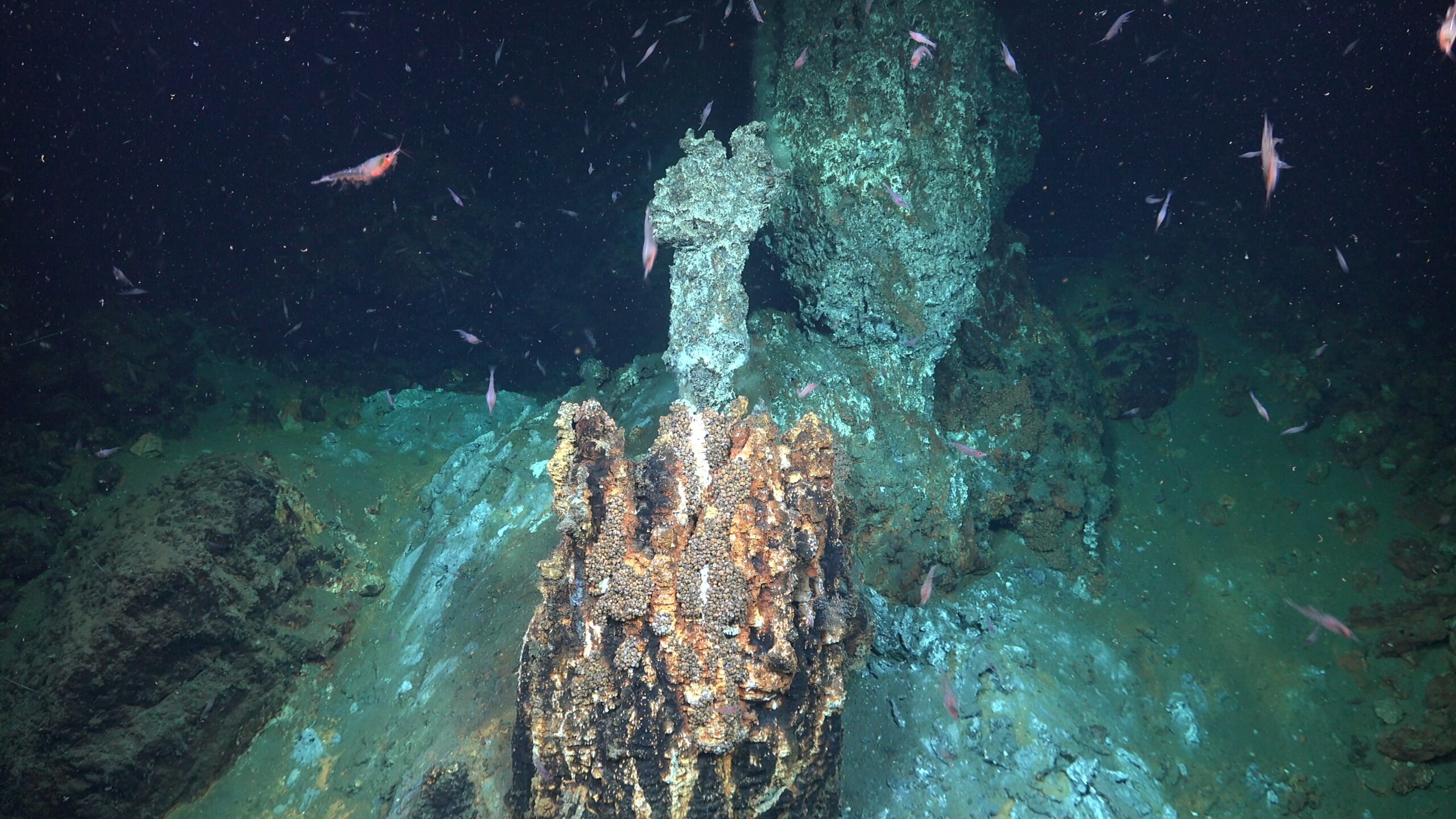
“It’s not something we expected and it’s such a rare event, not likely to happen in my career again. There was a lot of emotion in the room and I’ll forever cherish watching everyone in awe as we explored the animal populations living around those vents.”
Dr. Michelle Taylor – Head of Science, the Ocean Census
Do you have a favourite ocean moment or encounter that has stayed with you over the years?
“I love diving and have undertaken marine research in many far flung and isolated locations around the world.
Some of the animal encounters along the way have been very special – seeing great white sharks face to face off the east coast of South Africa, watching a dumbo octopus drift into view when using robots to study the deep seamounts of the mid-Atlantic – on this same expedition we found a Megaladon tooth just sat there on the seafloor; it’s probably been resting there for over 3 millions years waiting for us to pick it up.
Perhaps one of the most memorable incidents was with some of the ocean’s smallest creatures though – I remember night swimming through clouds of bioluminescence created by dinoflagellates less than 1mm big on the east coast of the US many years ago – it’s magical to look up at the stars from a sea of blue shimmer.“
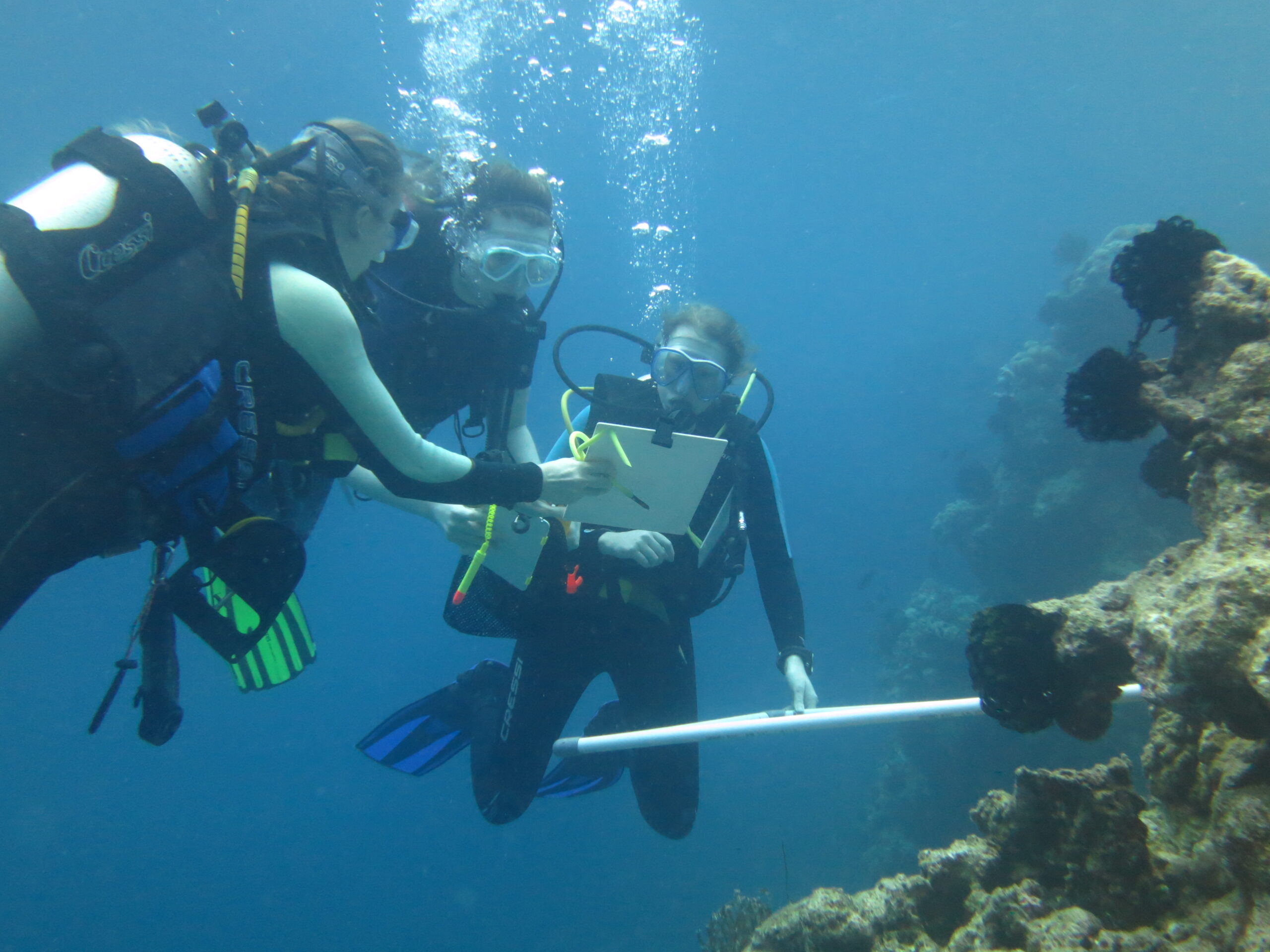
Image Credit: Dr. Michelle Taylor
Which marine species fascinates you most – and why?
“I’m forever intrigued by communication in the deep sea and how populations remain connected – it must be going on as how else do individuals find each other over long distances in the pitch darkness?
Bioluminescence can help them navigate towards each other from close by, but further afield there must be some chemical cues or signals that are followed…Or is there another mechanism? I’d love to know.“
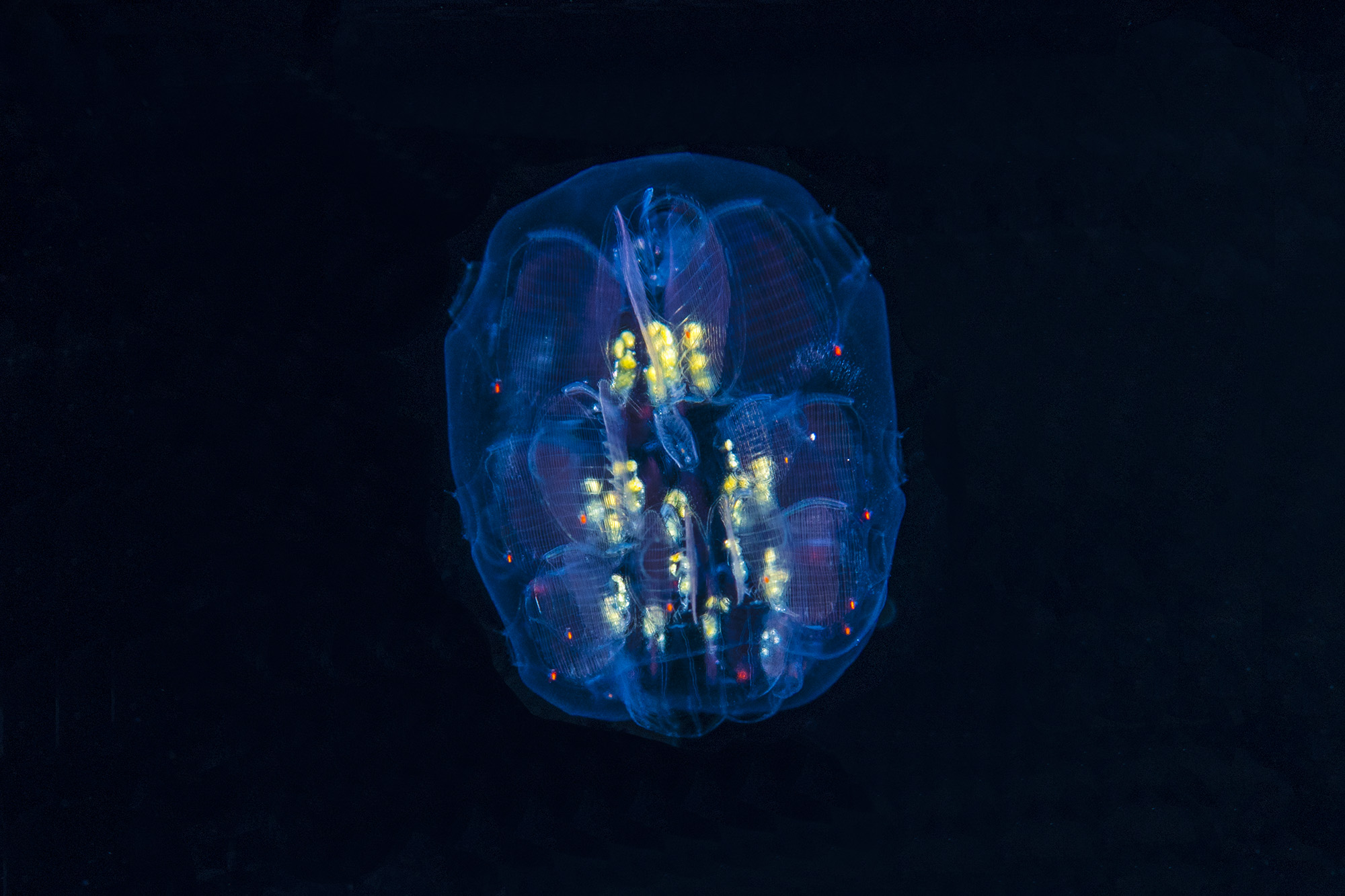
Image Credit: Ocean Image Bank – Richard Barnden
What long-term impact do you hope the Ocean Census will have on marine science and biodiversity conservation?
“The Ocean Census is accelerating marine species discovery, with the potential to support many current and future national, regional, and international plans—for marine conservation, population studies and distribution mapping, targeted species-specific protections, the discovery of new chemicals and biological strategies, and a broader understanding of the incredible diversity of life on Earth.”
If you could instantly master one skill to help your work at sea, what would it be?
“Writing legibly on tiny tubes on a moving ship.”
What’s one challenge you’ve encountered in your scientific career that helped shape your approach to discovery?
“Not being afraid to take risks, albeit calculated ones. Most of the deep sea locations I’ve studied have never had a light shone on them before. It’s hard to know what locations on blank maps may have the fauna we are trying to find. It’s always a risk selecting locations and putting very expensive equipment into the water and dedicating an entire ship of human effort into that specific site. Sometimes there will be nothing there… then sometimes a complex layered colourful coral reef habitat full of unusual and exotic animals will appear.
Those are the days I live for.”
Related News
Join the census
The Ocean Census Alliance unites national and philanthropic marine institutes, museums, and universities, backed by governments, philanthropy, business and civil society partners.
